As a kid, I was surprised and overjoyed to learn that so many of my favourite geeky things spawned from the same small island nation, far across the globe from small-town Canada. Seriously, Donkey Kong and Dragon Ball came from the same place?! Now, it’s mind-boggling to think I’ve lived here for over seven years, and still, there’s so much to discover. Particularly for RPGFans, Tokyo holds a certain allure as a pop culture Mecca that we all dream of one day making pilgrimage to… and then another, and then another ad nauseum, if life allows.
If you can’t make it here, fret not: games are becoming more detailed and more immersive forms of virtual tourism by the generation. Whether you’re traveling vicariously through games from the comfort of your couch or you’re eagerly awaiting your flight to the Land of the Rising Sun, allow me to guide you through some of the best of Tokyo that games have to offer. Grab your body pillows and your buster swords, gather your party, and let’s venture forth!
Sangenjaya
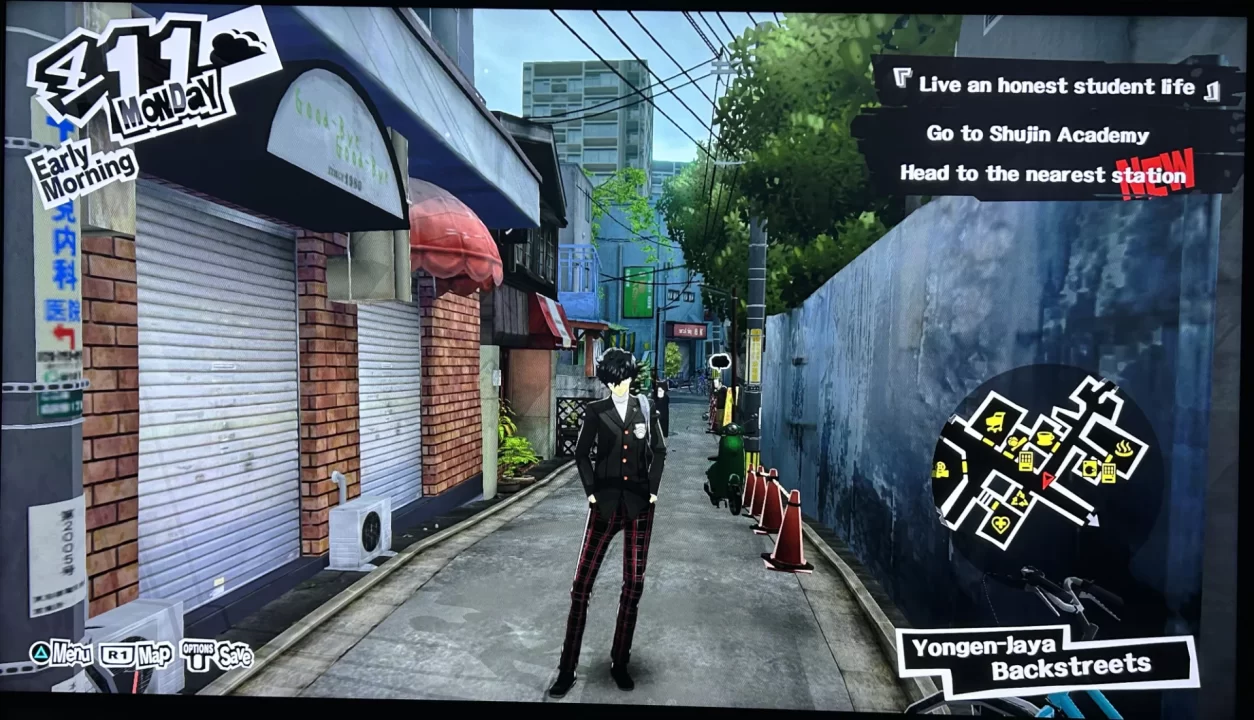
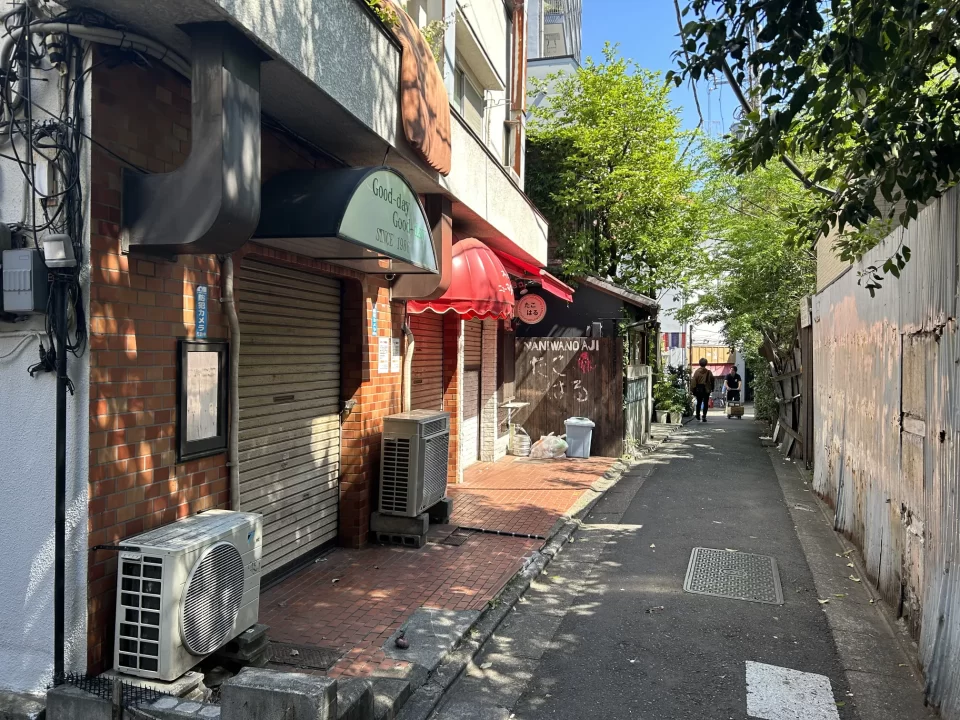
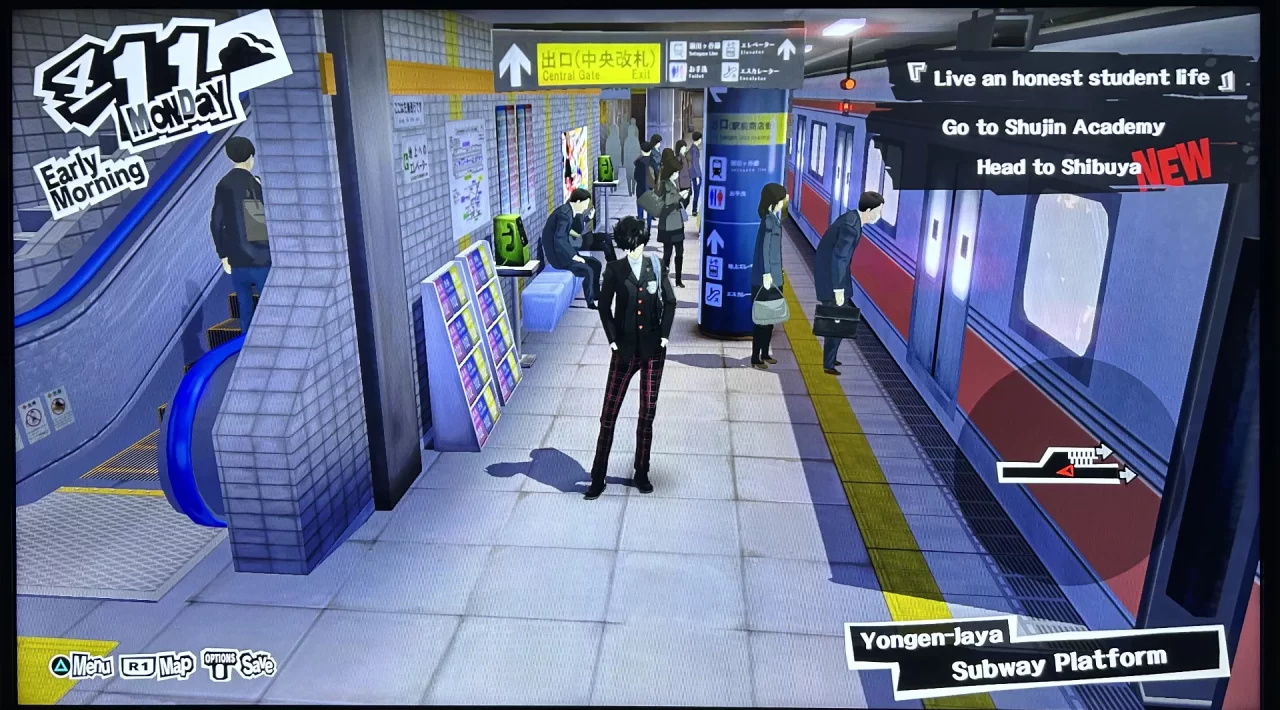
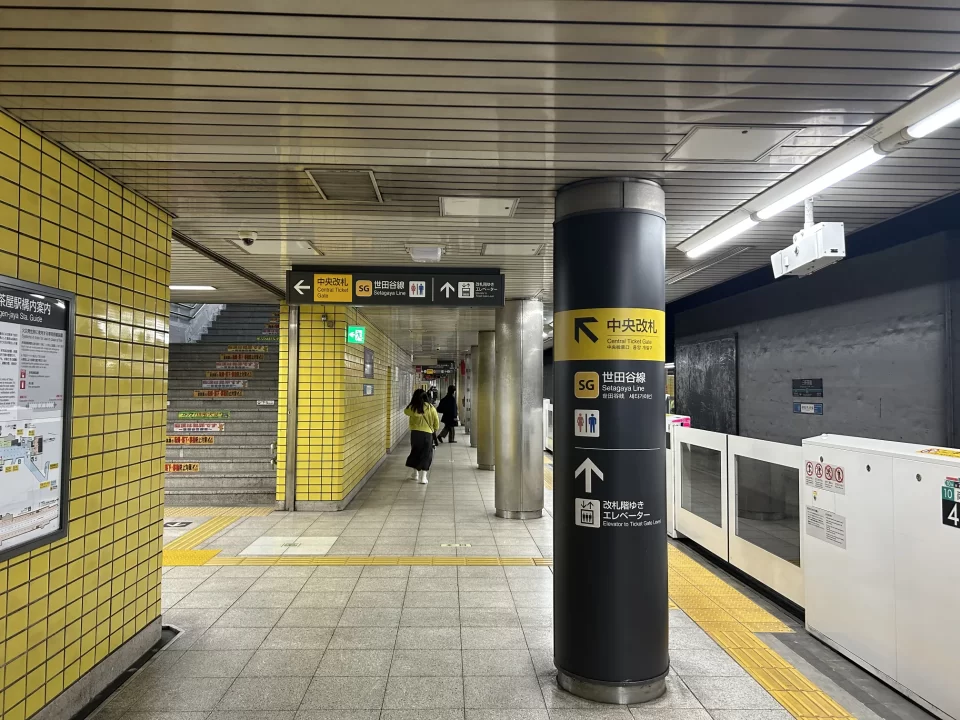
We start our Tokyo adventure at the westernmost end of the city. Persona 5 fans, you’re gonna want to listen here. Sangenjaya serves as inspiration for the surprisingly loyal “Yongen-Jaya Backstreets” you’ve likely spent many hours wandering between raids on the heart Palaces of Tokyo’s cruelest adults. While Joker’s home base, Café Leblanc, doesn’t exist, its street does, and it’s just across the exit from Sangenjaya Station, another familiar sight for P5 fans. Be on the lookout for the café New Marina (ニューマリーナ) and you’ll realize you know the streets better than you think. Sandwiched in narrow, angular alleys, there are plenty of Shōwa era hole-in-the-wall bars that open close to sunset, but I find it best to visit early morning and save your coins for later sights. It’s definitely worth stopping by here, though, especially since it’s just a couple of stations away from the world-famous…
Shibuya
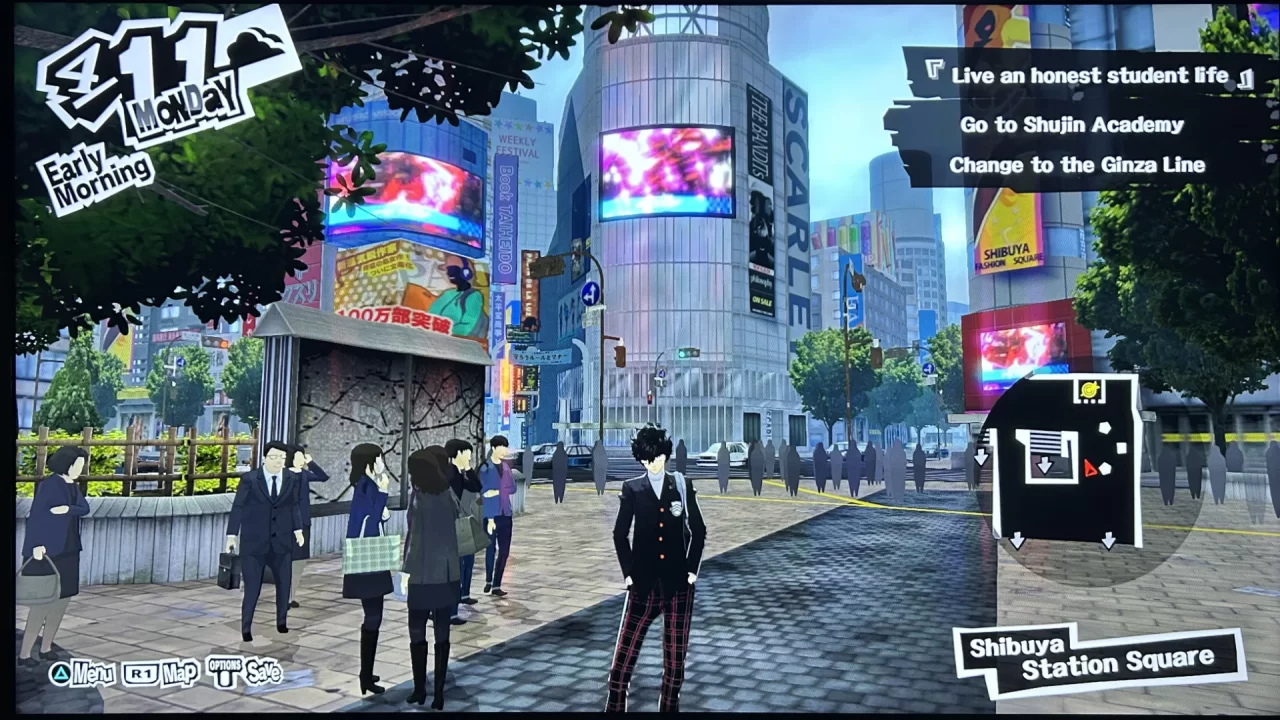
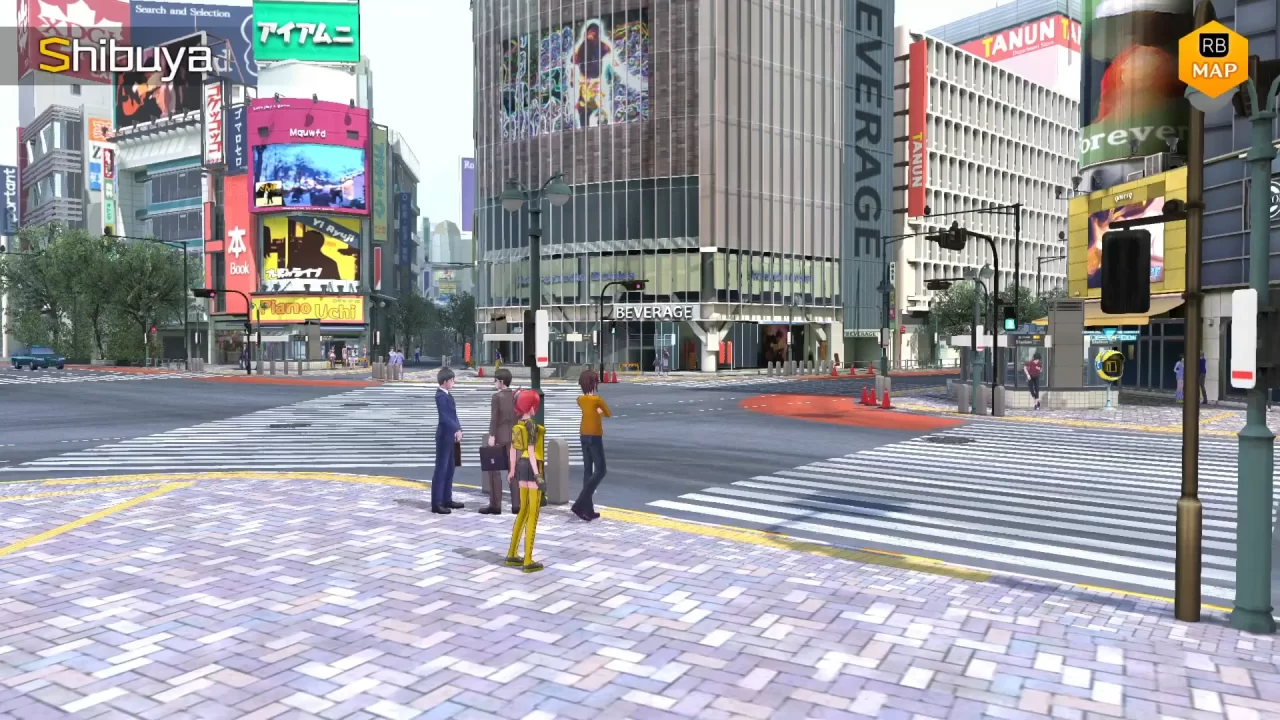 Source: SilentLongplays
Source: SilentLongplays
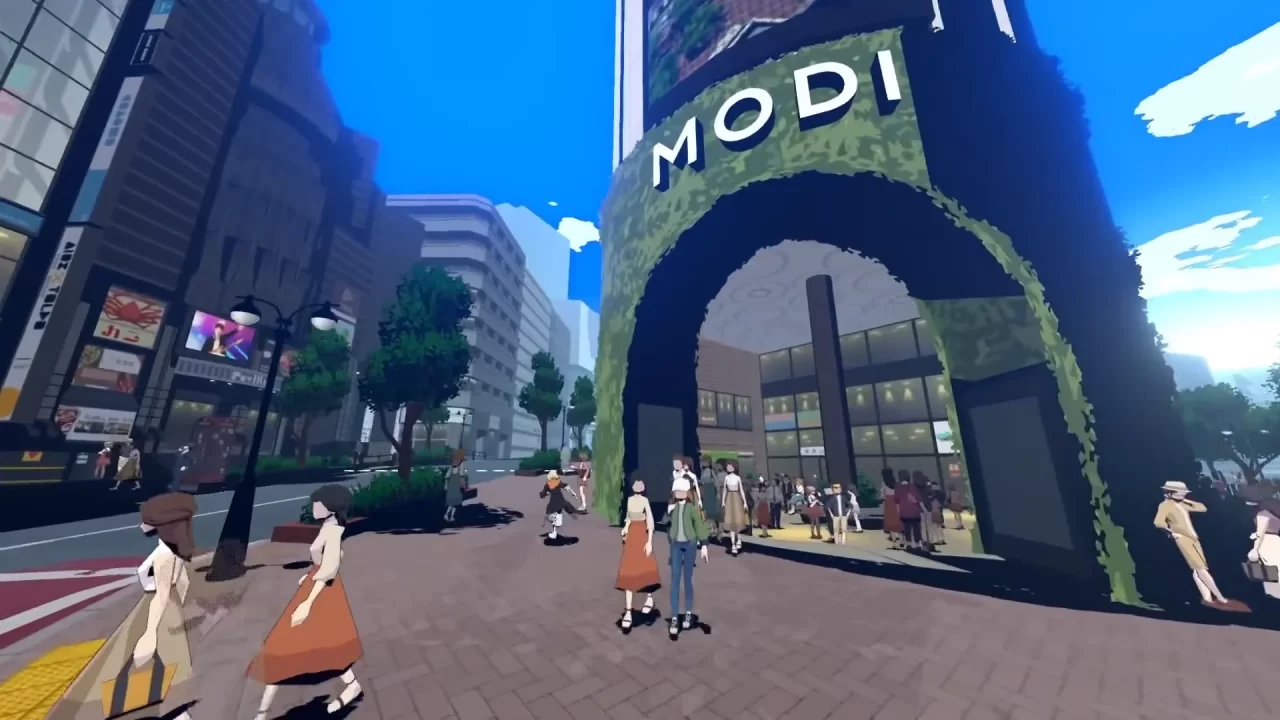
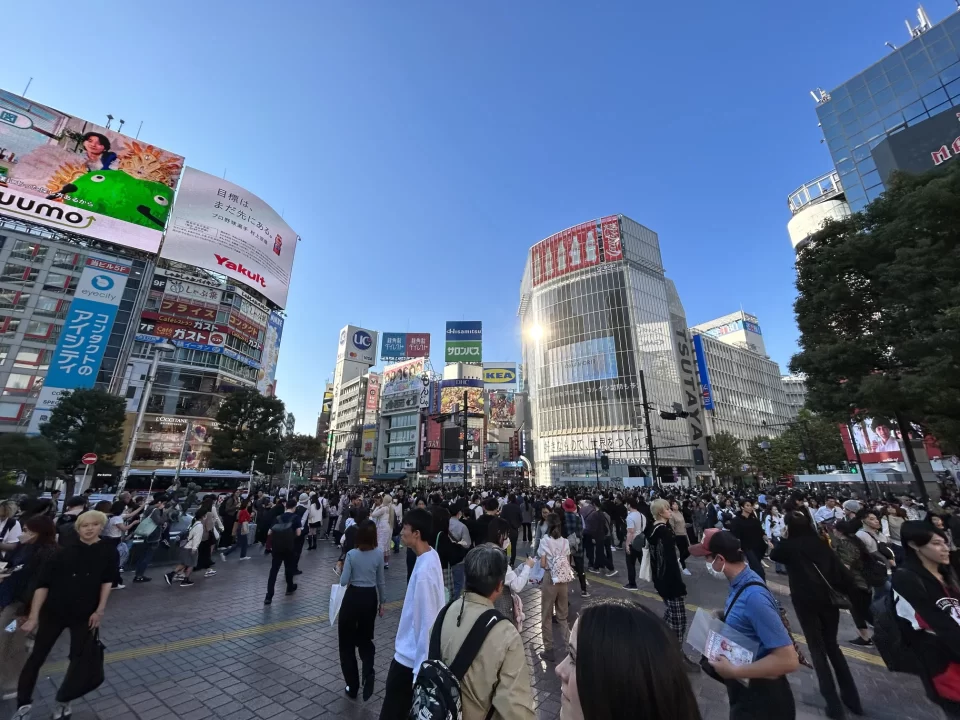
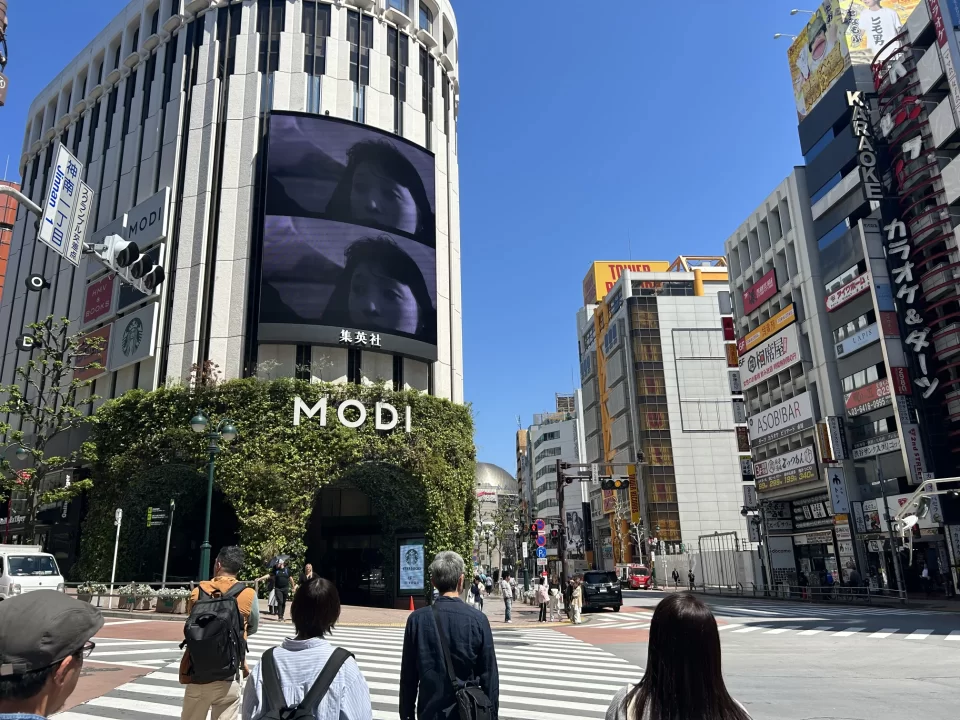
Ah, the hustle and bustle of Shibuya’s Scramble. As featured most prominently and stylistically in The World Ends with You and its 3D sequel, Neo: The World Ends with You, Shibuya is Tokyo’s hub for youth culture, fashionistas, and wannabe Dominic Torettos (no offense, Sean Boswell). It’s also rather well-represented in Persona 5, the Digimon Story: Cyber Sleuth series, and Tokyo Mirage Sessions ♯FE. And although it’s not an RPG per se, I have to give credit to Ghostwire: Tokyo for having a very realistic, vibrant rendition of Shibuya in first-person. If you come to the real spot early in the morning—like, 5 am early—you can be among the first to cross the Scramble’s nearly empty intersection. During the day, it’s awash with tourists and chic natives. At night, Shibuya’s neon signs and screens come alive, and the nightclubs fill with those looking to blow off steam and level up some Confidant relationships. Public drinking may be one of Japan’s favourite pastimes, but the wild street parties of recent Halloweens have led to a street-drinking ban around Shibuya from 6 pm to 5 am, meaning no mana potions for you, young folk.
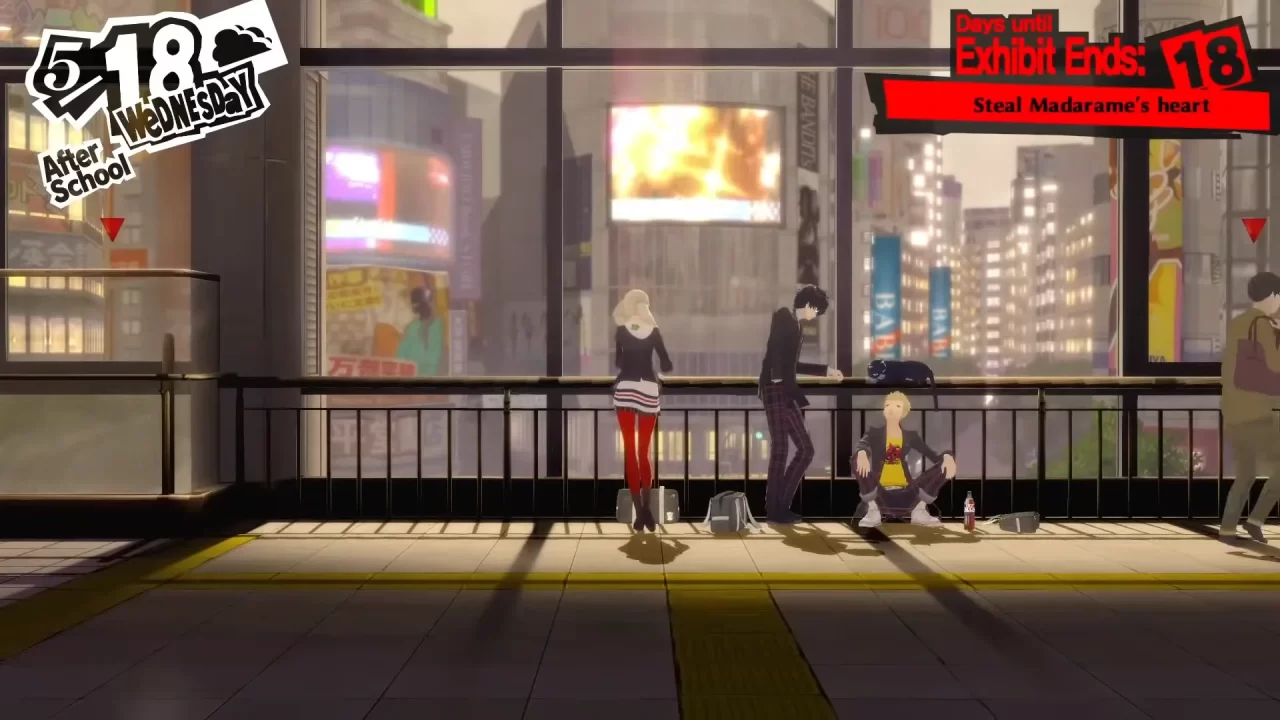 Source: TheGameArchivist
Source: TheGameArchivist
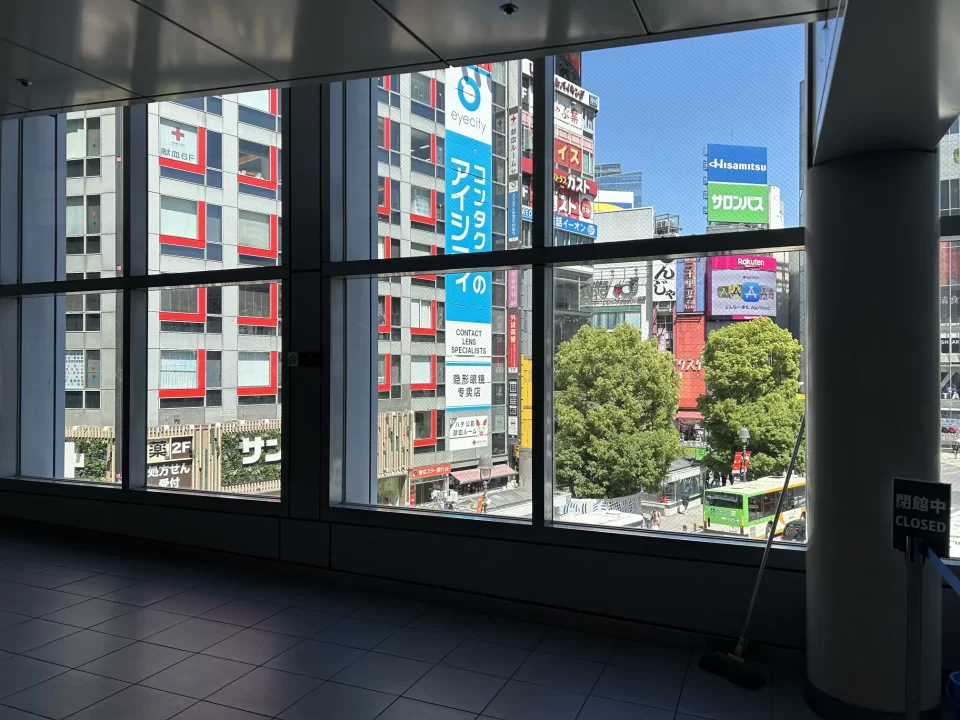
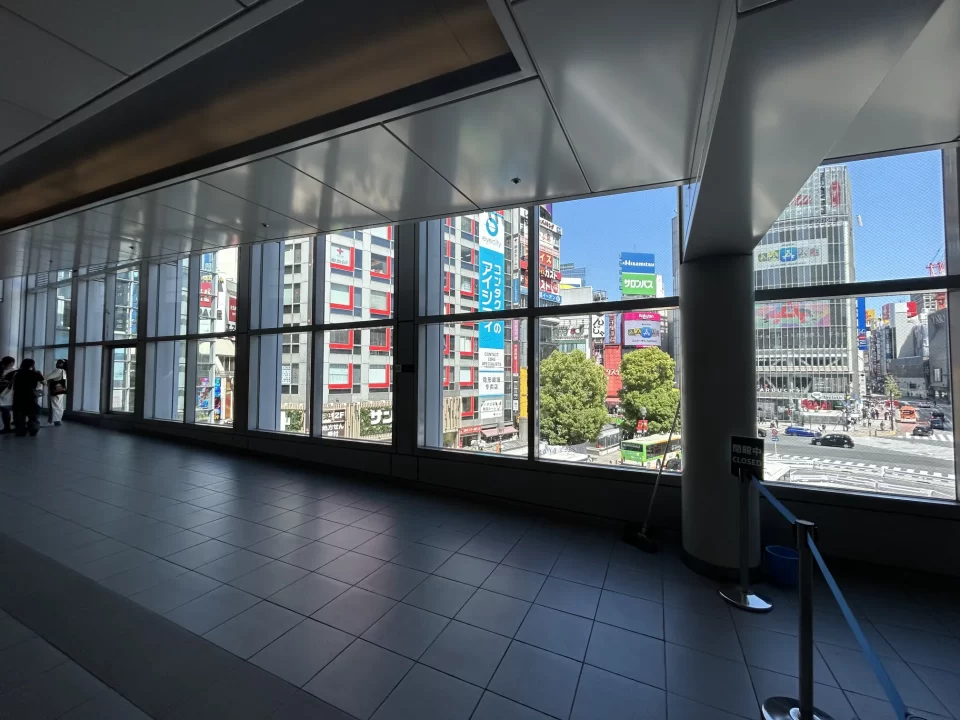
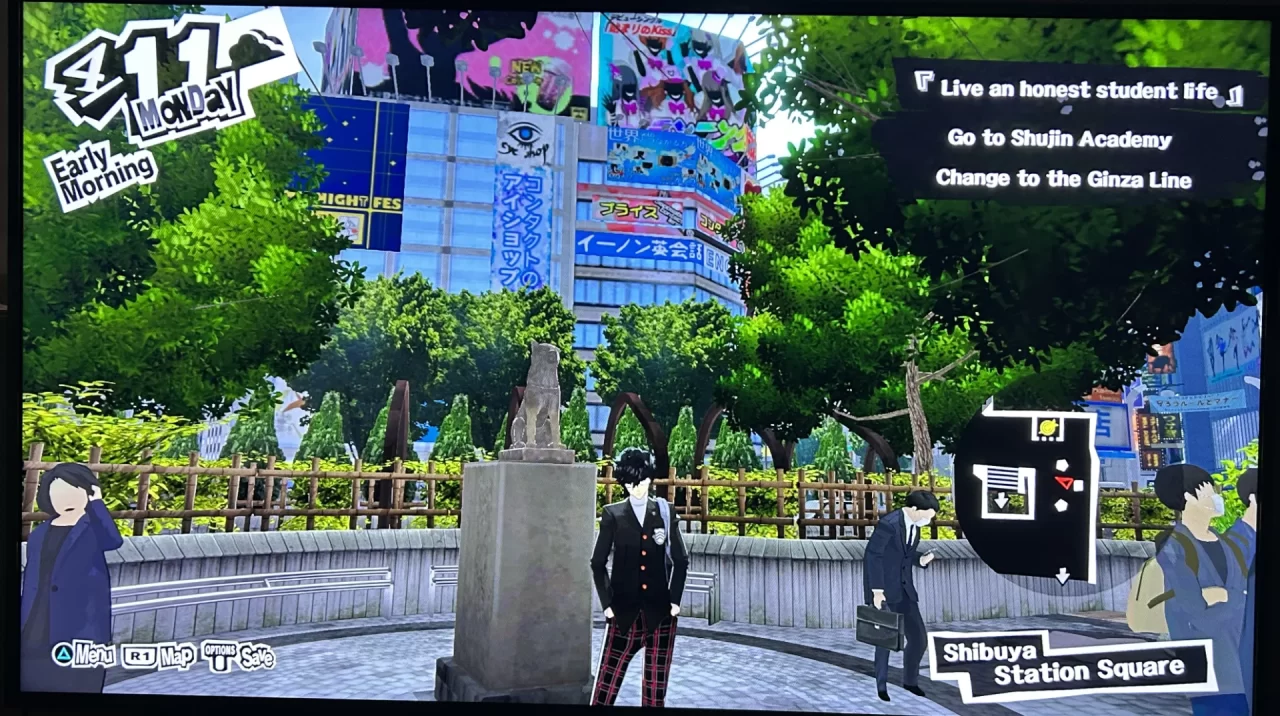
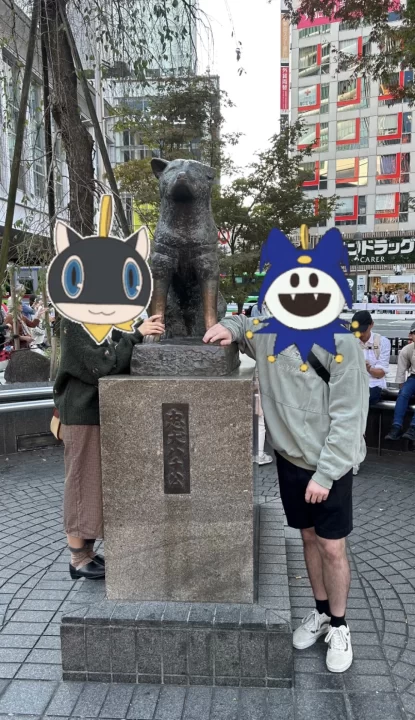

Just a stone’s throw from the Scramble is the iconic statue of the loyal dog Hachikō, famed for his endless waiting for his deceased master with a patience to rival the most adamant of Kingdom Hearts IV fans. Shibuya Station towers just over Hachikō: if you cross over just behind him and go up the escalator, you’ll be right in the early hideout of Persona 5’s Phantom Thieves, overlooking the Scramble as a whole.
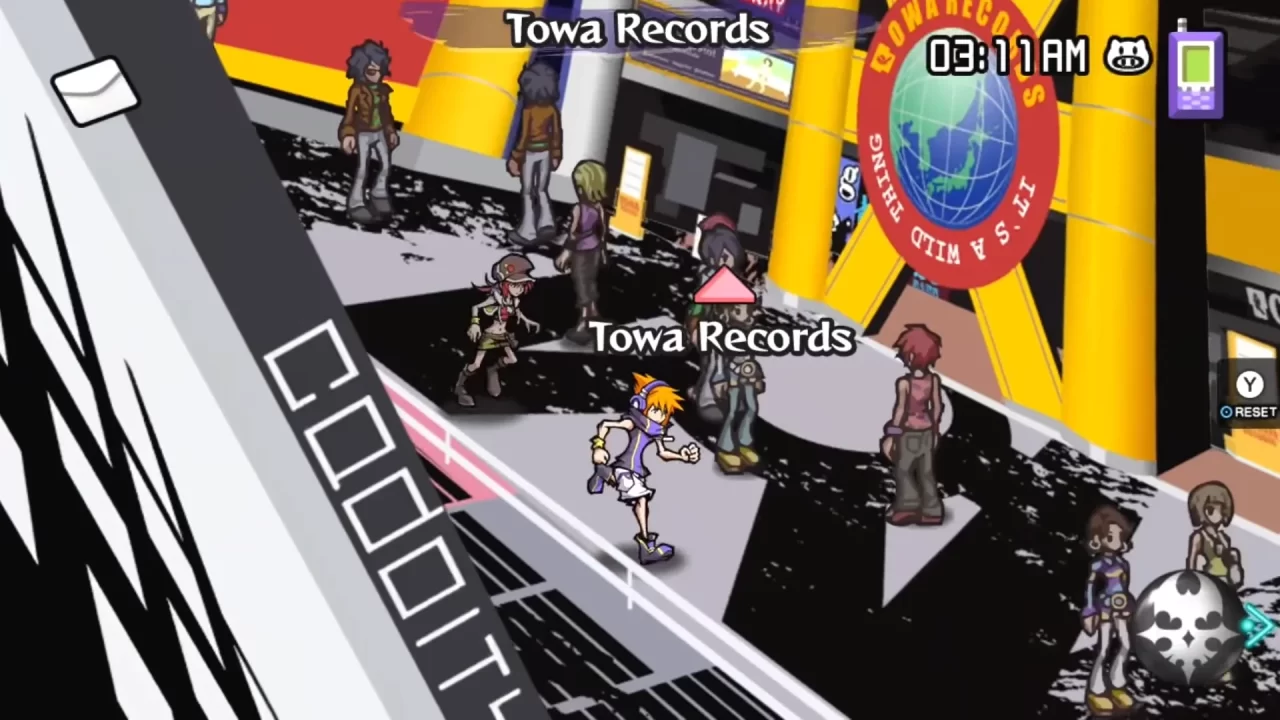

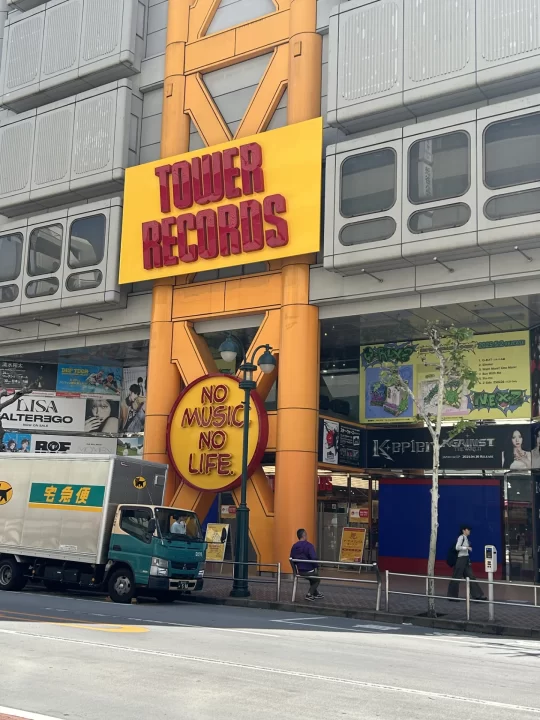
Brace yourself, cross the Scramble, and head uphill for some more familiar sights, from Shibuya 109 (closely renamed but ever-present in games and anime) to record shop Tower Records. A short walk north, and you pass Takeshita Street (or as my bewildered father once asked, “Take a Whatta Street?!”) in Harajuku, the home of kawaii culture. If you’re curious about anything cute, frilly, or fluffy (including cotton candy swirls bigger than your head), this is a worthwhile stop. Head straight on in this direction and you’ll eventually find yourself in…
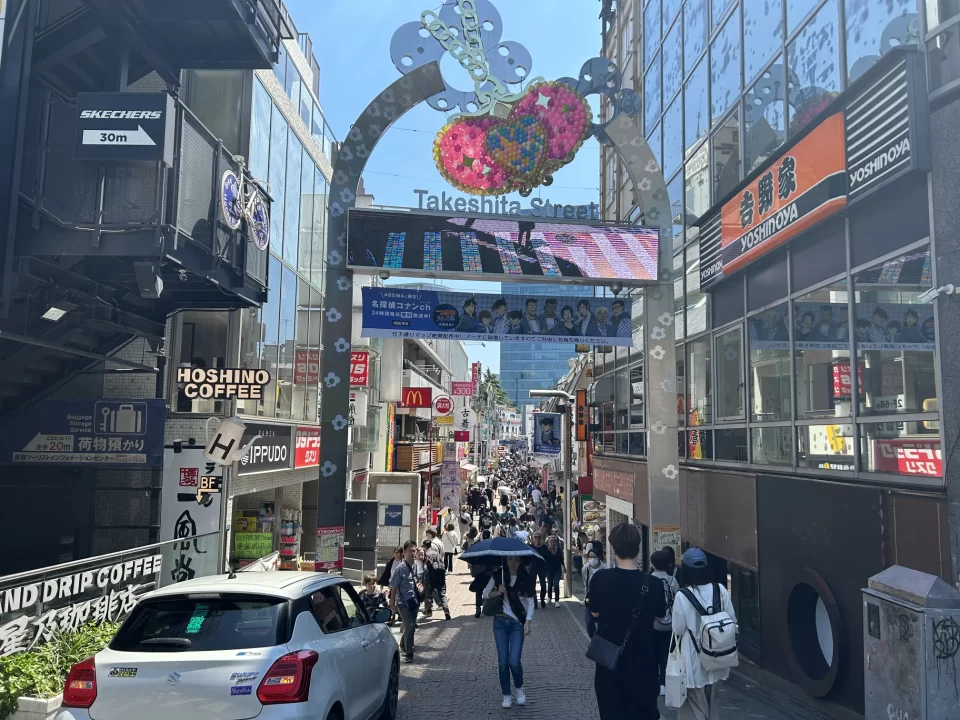
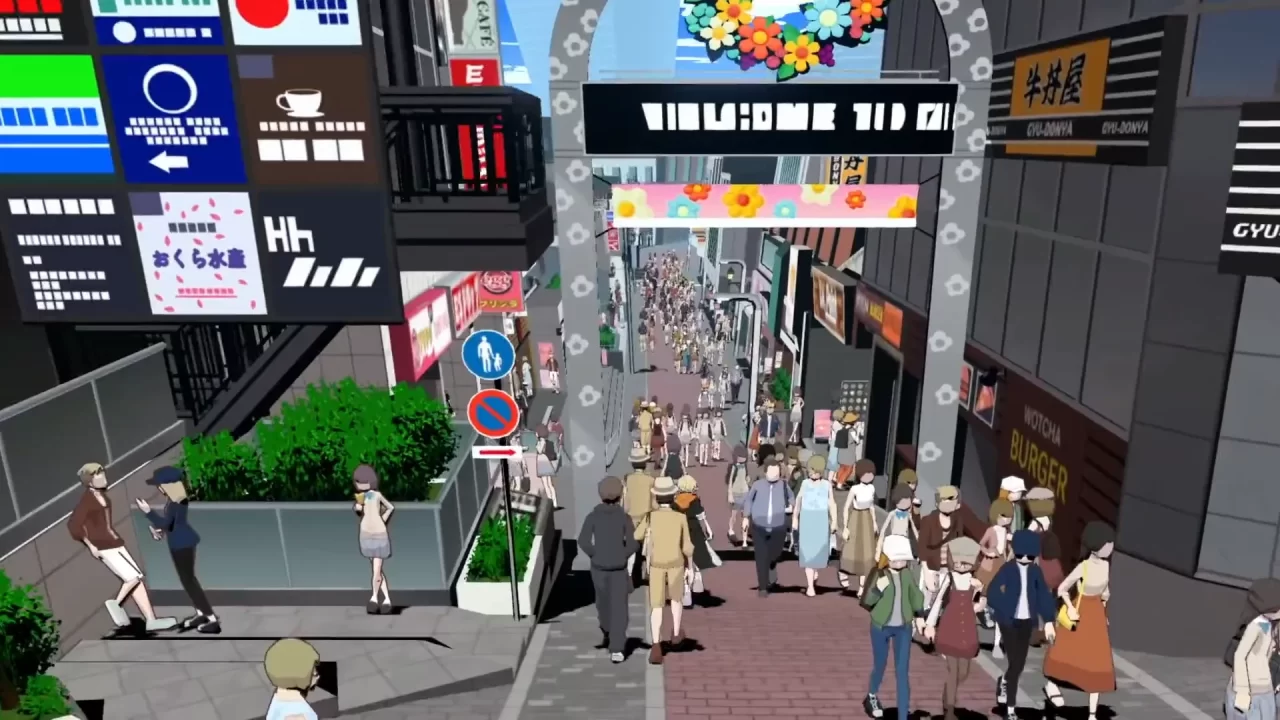
Shinjuku
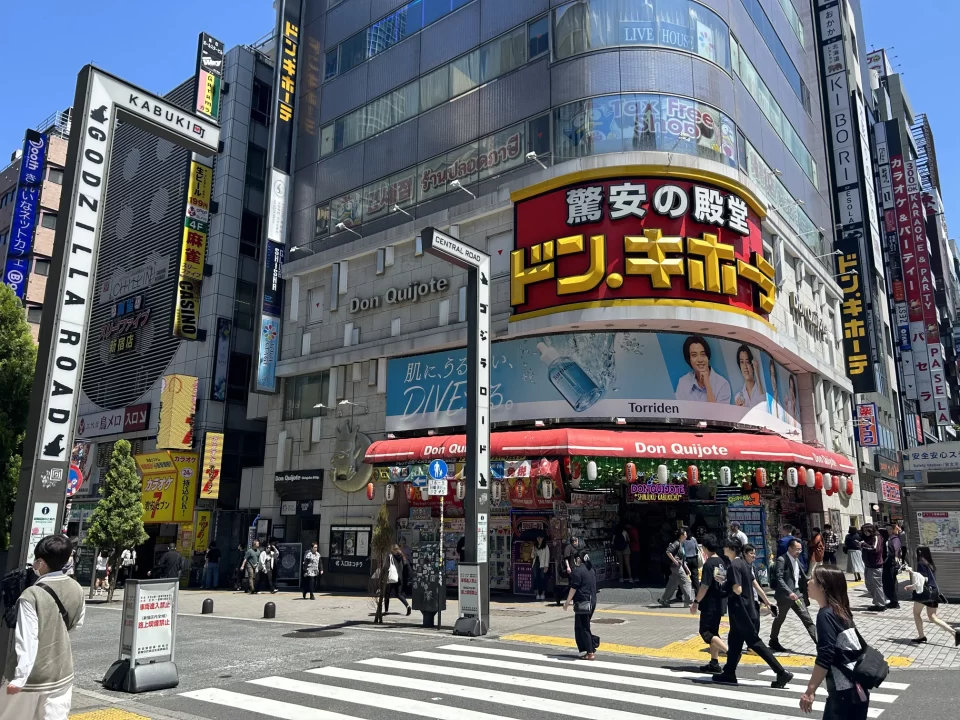
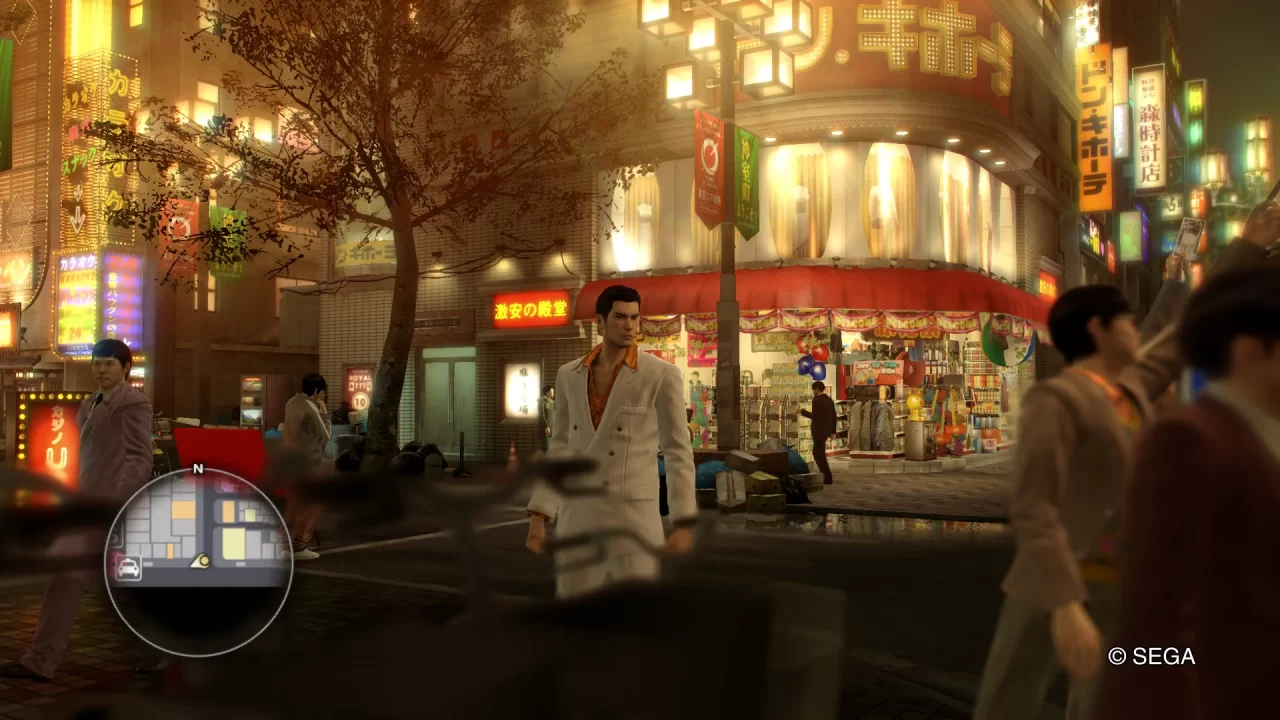
Though Atlus’ Shin Megami Tensei series may hold the crown for Tokyo representation as a whole (unless we’re counting the incredibly thorough architecture cartoonified in the Mario Kart 8 Deluxe track “Tokyo Blur“), Shinjuku hands-down belongs to the series formerly known as Yakuza, Like a Dragon. Specifically, the Yakuza/Like a Dragon series’ neighbourhood of Kamurochō is an analogue of the real-world Kabukichō, Tokyo’s seedy red-light district. Crossing up from the northeast side of the labyrinthine Shinjuku Station, you see two familiar sights: the neon-red entry gate (like a hedonistic spin on a torii gate) and the flashy corner of the Don Quijote discount store, replicated in almost each Yakuza game right down to the catchy jingle—“Don don don, donki~~!”
The ever-evolving Kamurochō, as it changes in each subsequent misadventure of Kazuma Kiryu, is nearly one-to-one with the real inspiration, including familiar bar signs, karaoke clubs, and konbini chains, though (thankfully) you won’t have to be on the lookout for Mr. Shakedown. However, the real Kabukichō has the distinction of the giant Godzilla head poking out atop the tall TOHO Cinemas tower. Solo travelers, be warned: you’re likely to run into solicitors here showing you some *ahem* unseemly photos on their phones. Remember that Soapland is not a fun, bubbly theme park.
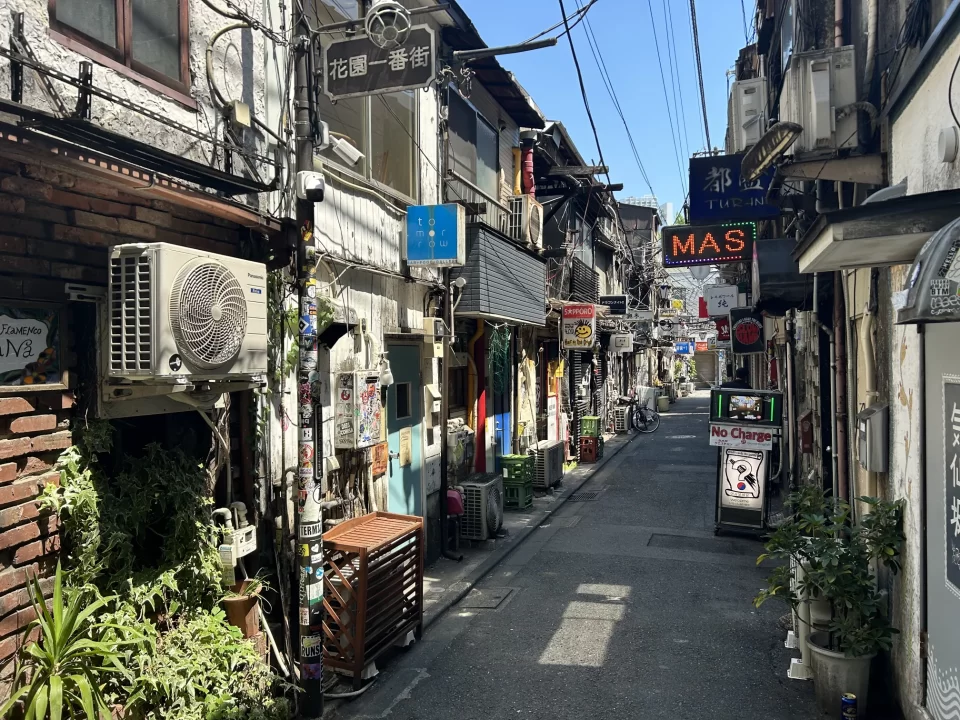
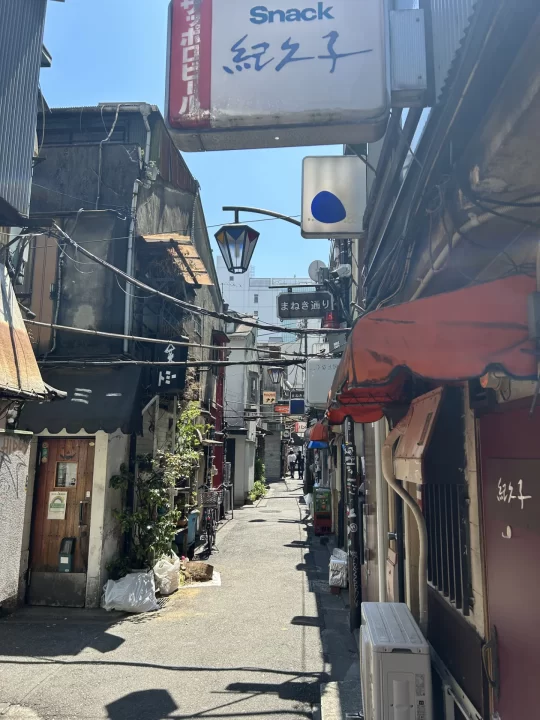
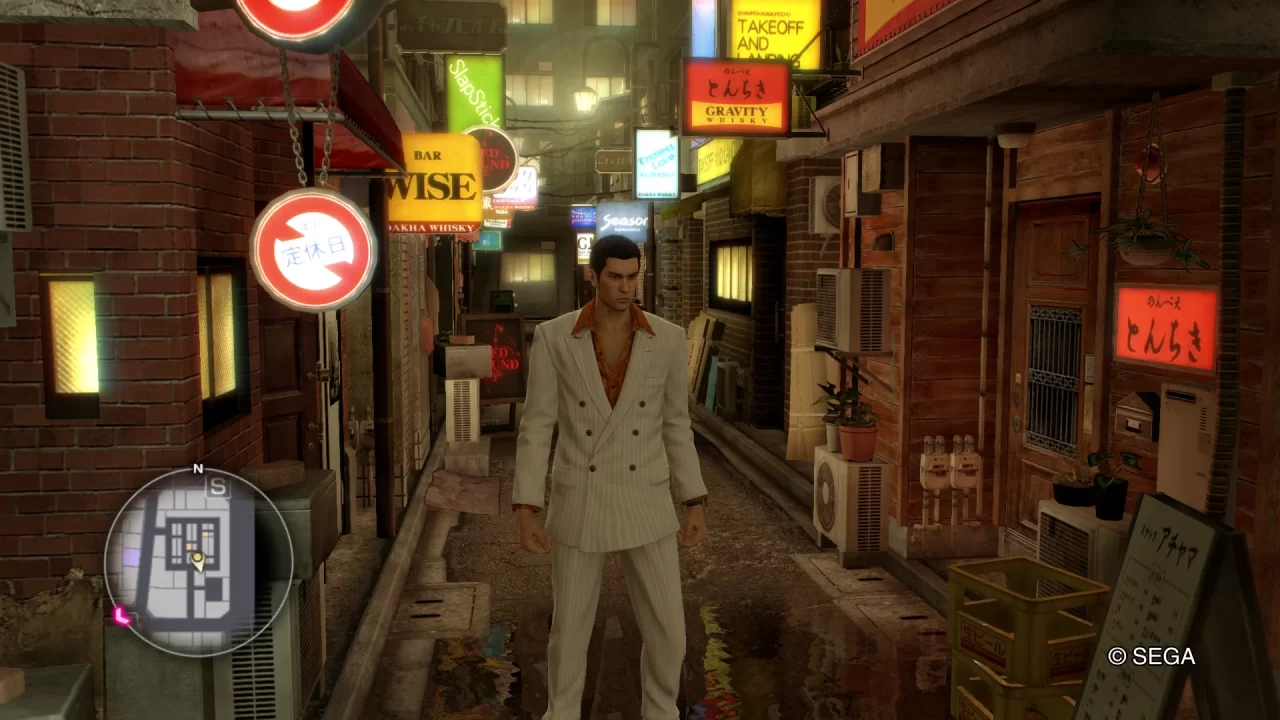
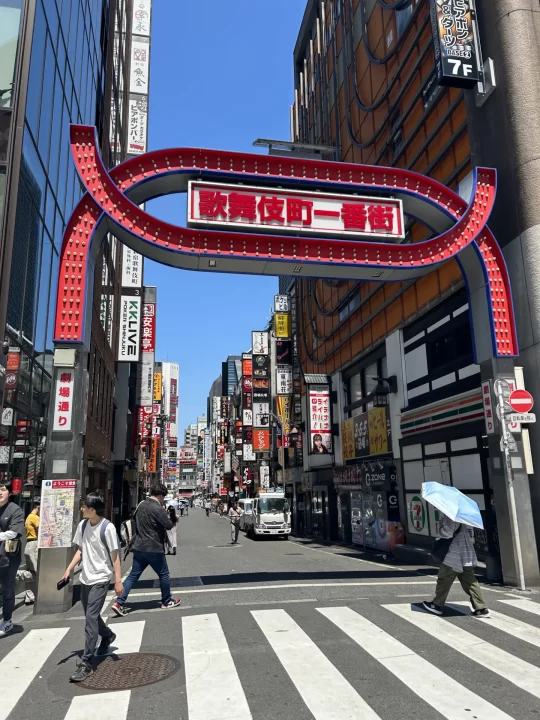
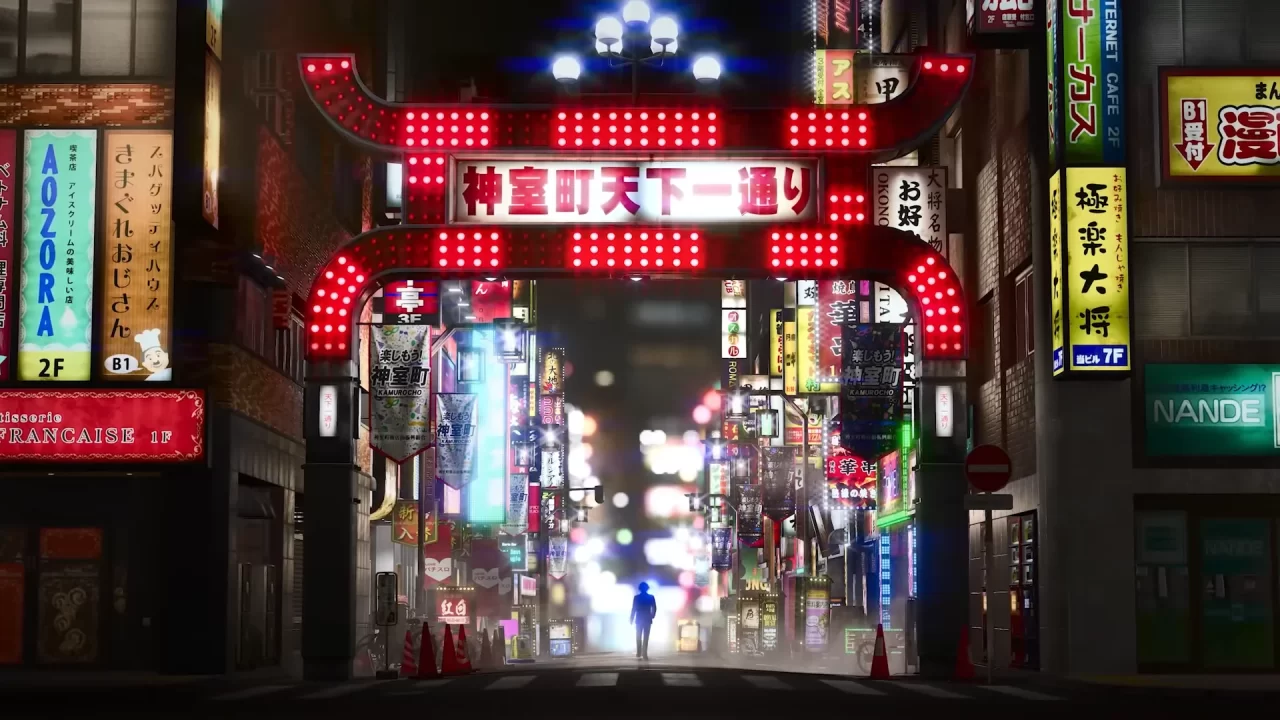
To Kabukichō’s east lies the (in)famous Golden Gai, a tight array of alleys featuring hundreds of bars barely spacious enough to seat a party of four. Golden Gai is the inspiration for Kamurochō’s ‘Champion District,’ though here the old adage is true: truth is stranger than fiction. Those coins I told you to hang onto could not be better spent than an evening of barhopping here—just watch your head as you enter the chibi-sized doorways.
Akihabara and Ueno
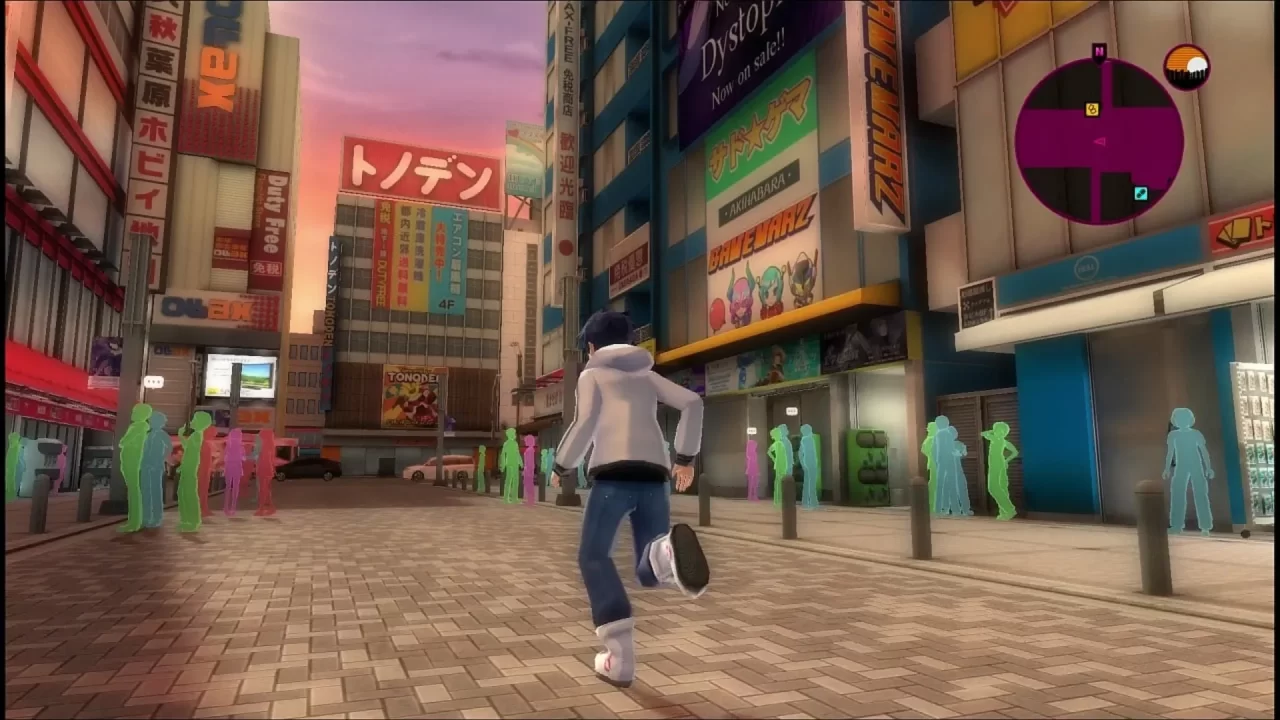
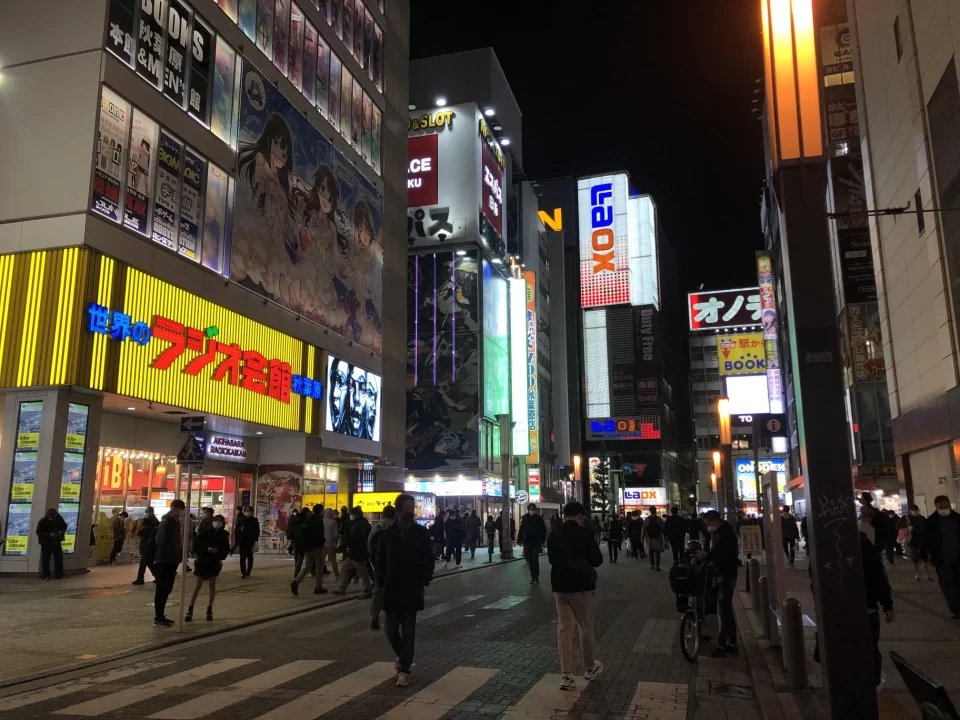
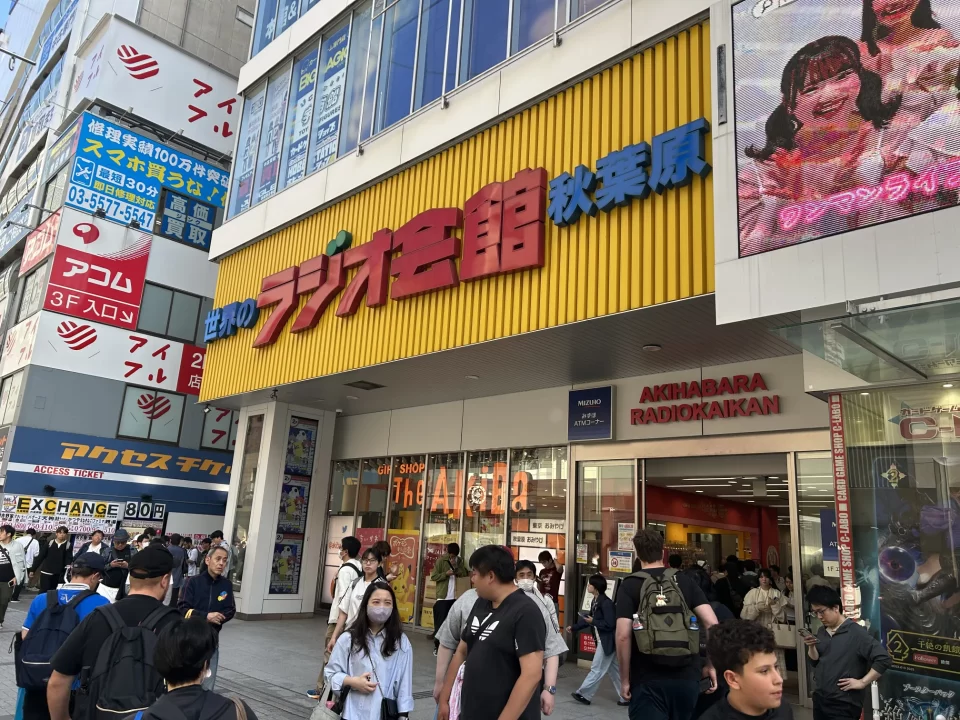
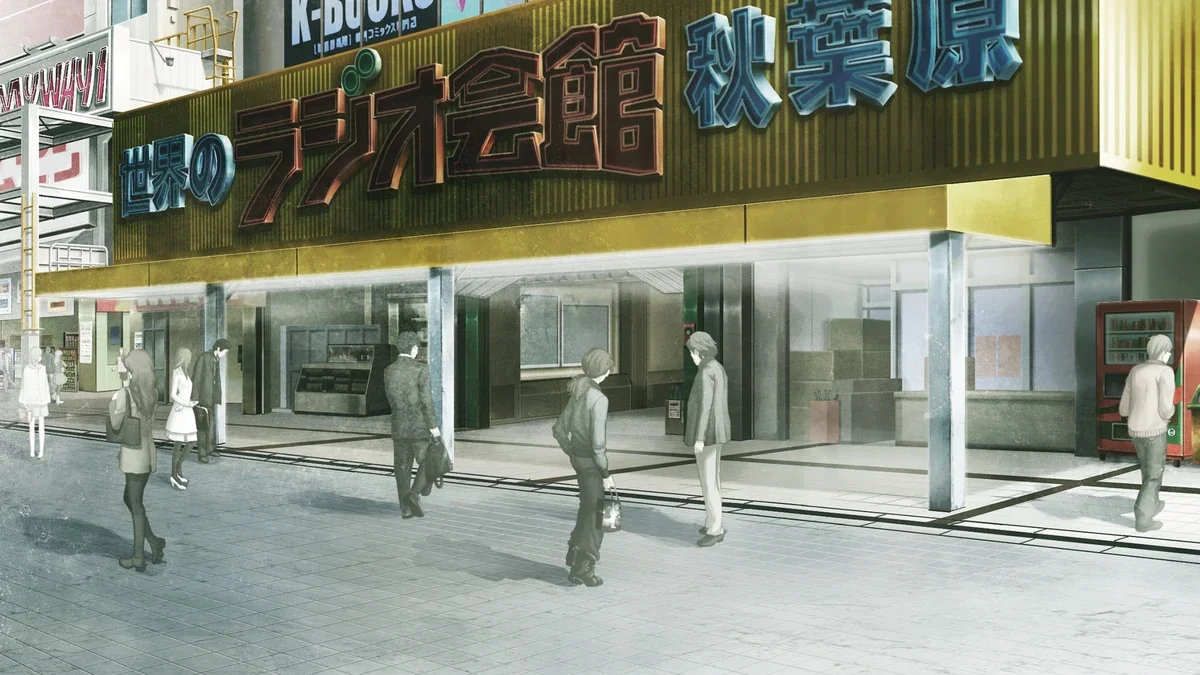
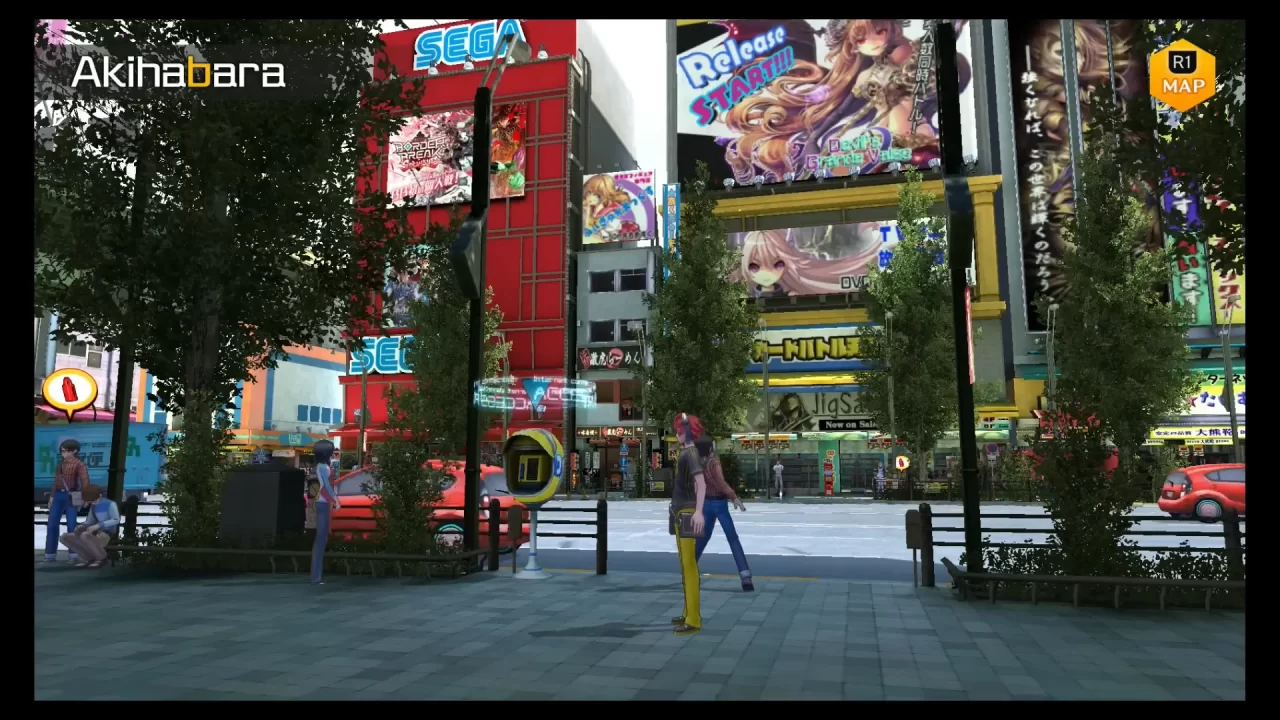 Source: SilentLongplays
Source: SilentLongplays
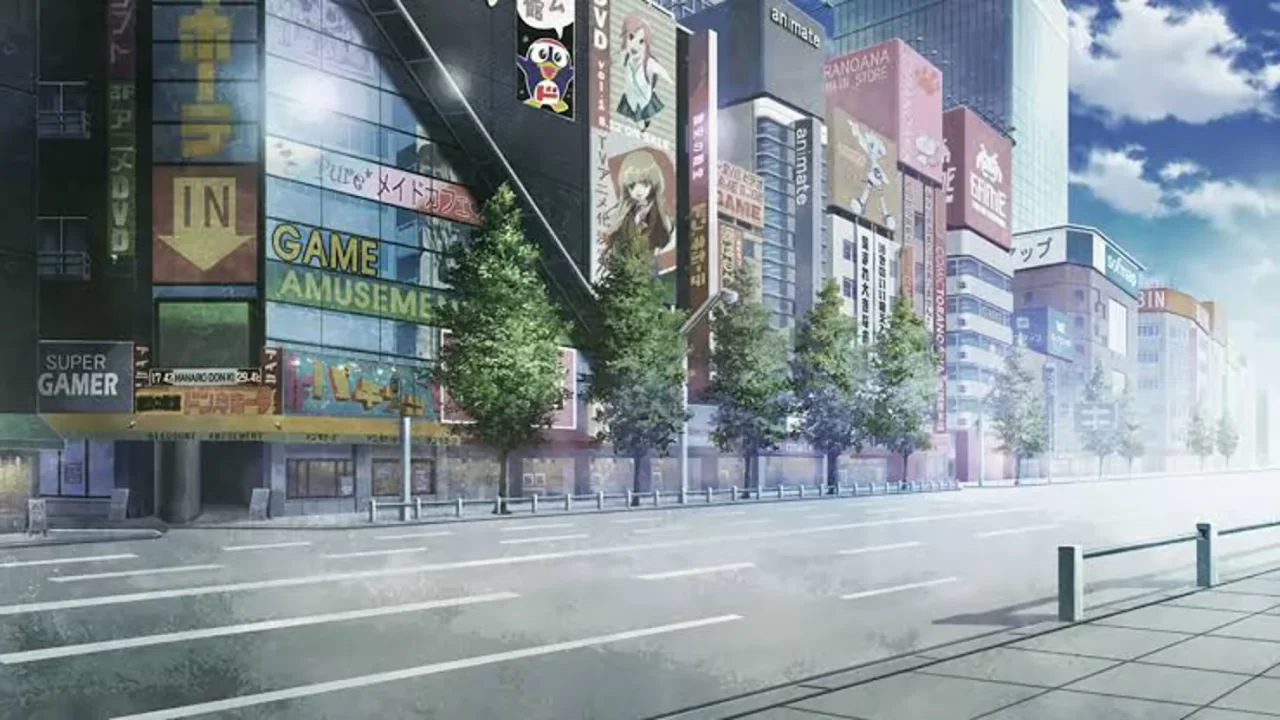
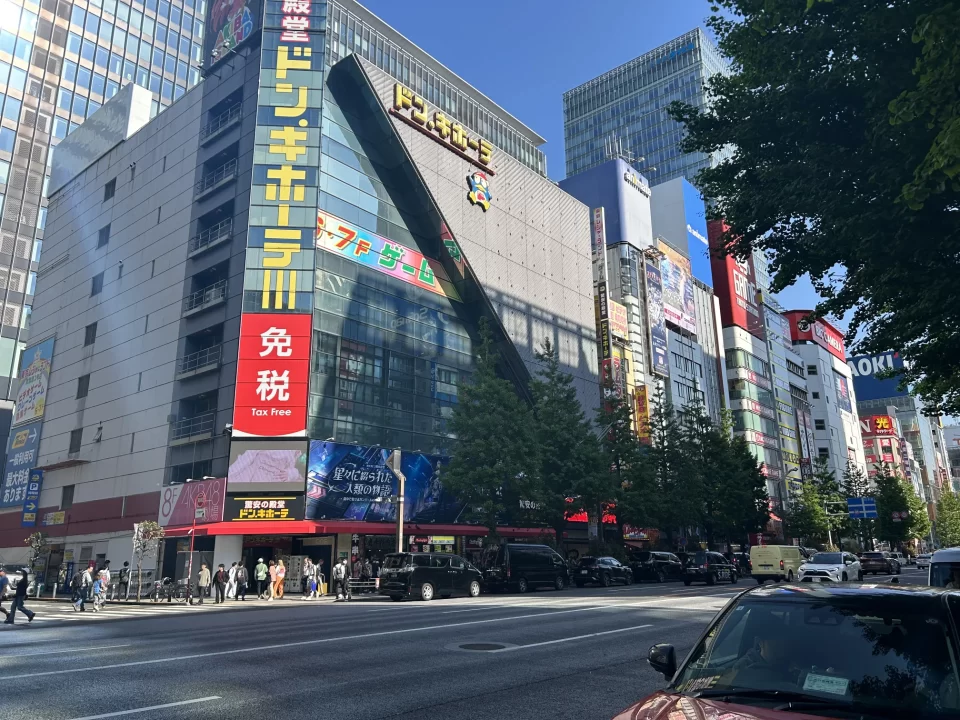
Any geek visiting Tokyo is duty-bound to visit the “Denki Gai” (“Electric Town”) of Akihabara, as seen heavily (and eerily accurately) in the likes of Steins;Gate and the Akiba’s Trip/Beat series. Akiba’s Beat is, in my opinion, the closest rendition of the real deal in terms of street layout and details, though the relatively recent remaster of the first Akiba’s Trip, Hellbound & Debriefed features the most exploration of the neighbourhood. Standing before endless arcades and tech shops, maids clad in frilly dresses line the sidewalks, handing out invitations to their respective maid cafés—should they hand a flyer to you, it means they really like you, and you should absolutely go where they tell you. Just kidding.
On weekends, the wide street cutting through “Akiba” will even be closed for traffic, meaning more room for better photos of the ostentatious billboards eating up every inch of real estate. There is no place more accommodating for even the nerdiest and most niche of hobbies, especially retro gaming. Word to the wise, though, more rural game shops (or the omnipresent second-hand chain BookOff) will charge you far less for the likes of Super Famicom games or, better yet, region-free and multi-language modern games.
Intermingling boundaries with the north side of Akihabara is Ueno, one of my favourite inner-city spots and perhaps the most criminally underrepresented Tokyo area in video games. Ueno Park is one of the city’s biggest and houses some of the world’s finest art, history, and science museums (as well as Ueno Zoo with its pandas). A fraction of the park appears in the Digimon Story: Cyber Sleuth games, including the statue of famed samurai Saigō Takamori and his canine companion, Tsun. Ueno Park makes for a great walk, especially in the autumn, but brace yourself for the rowdiest side of Japan should you come during cherry blossom season, as Hanami (flower viewing) parties take up every inch of grass, and there are no qualms about public drinking here.
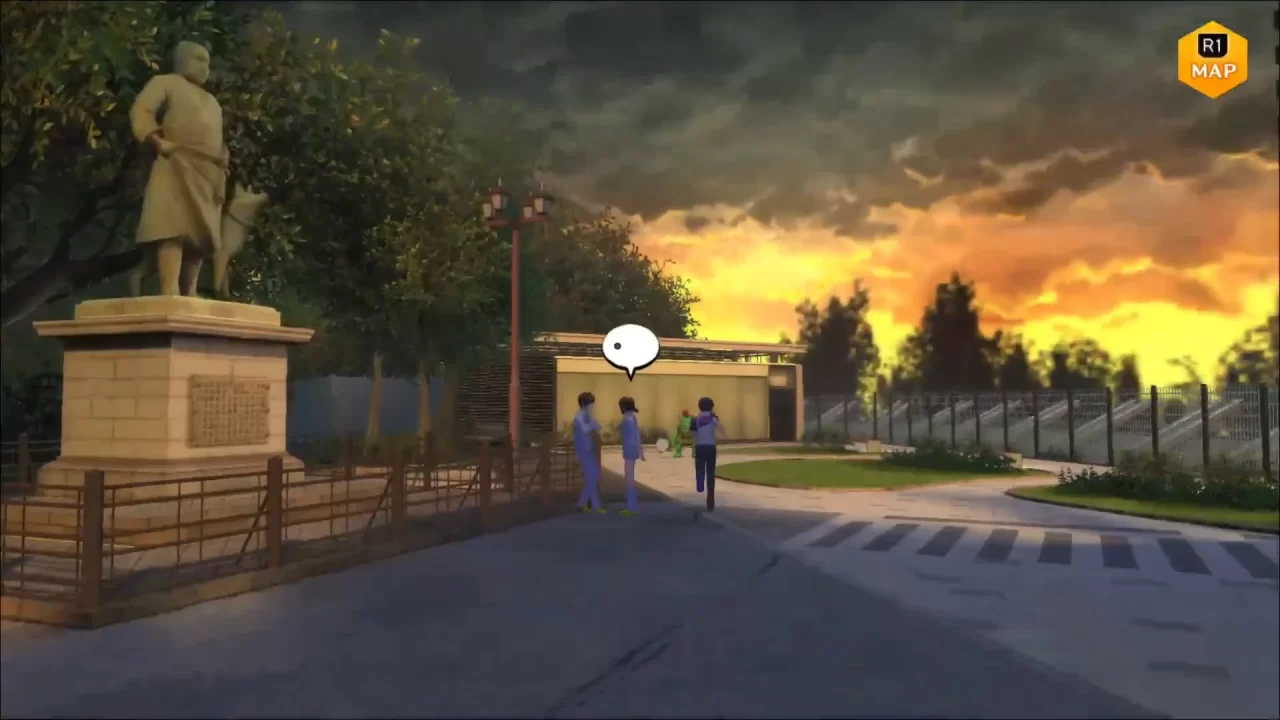 Source: ADSplay101
Source: ADSplay101
 Source: BuffMaister
Source: BuffMaister
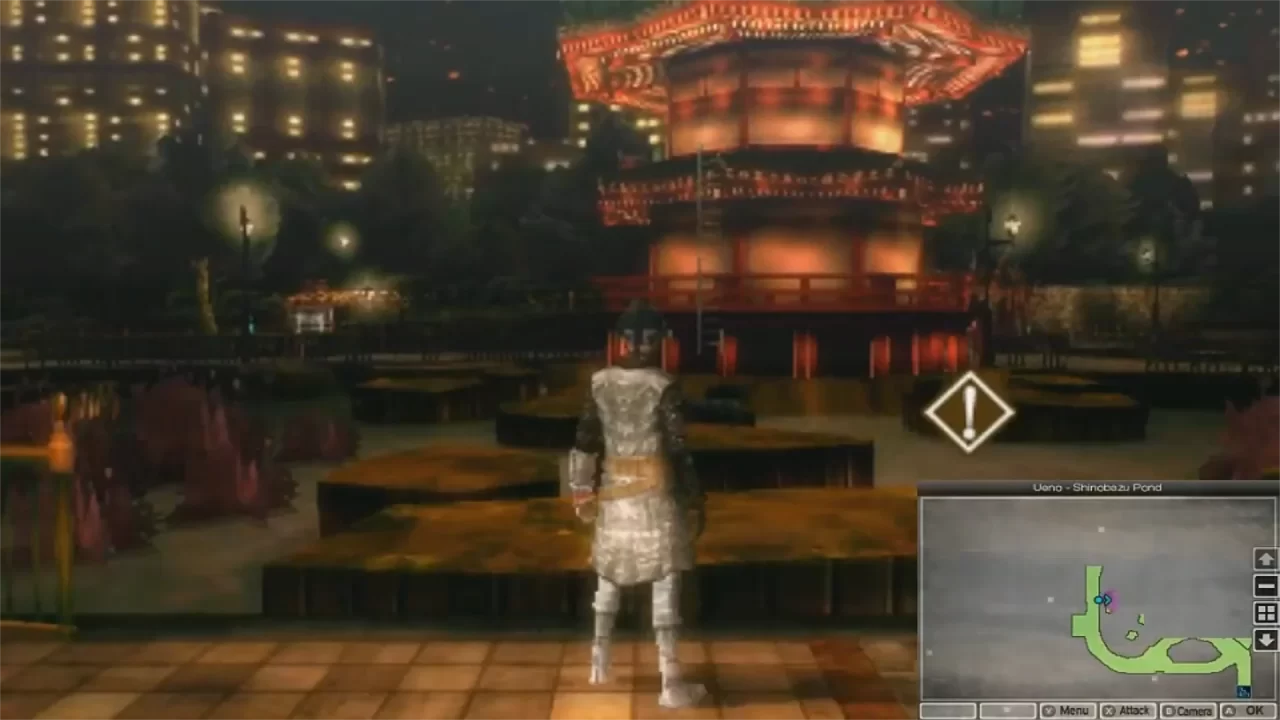 Source: Sirlionhart
Source: Sirlionhart
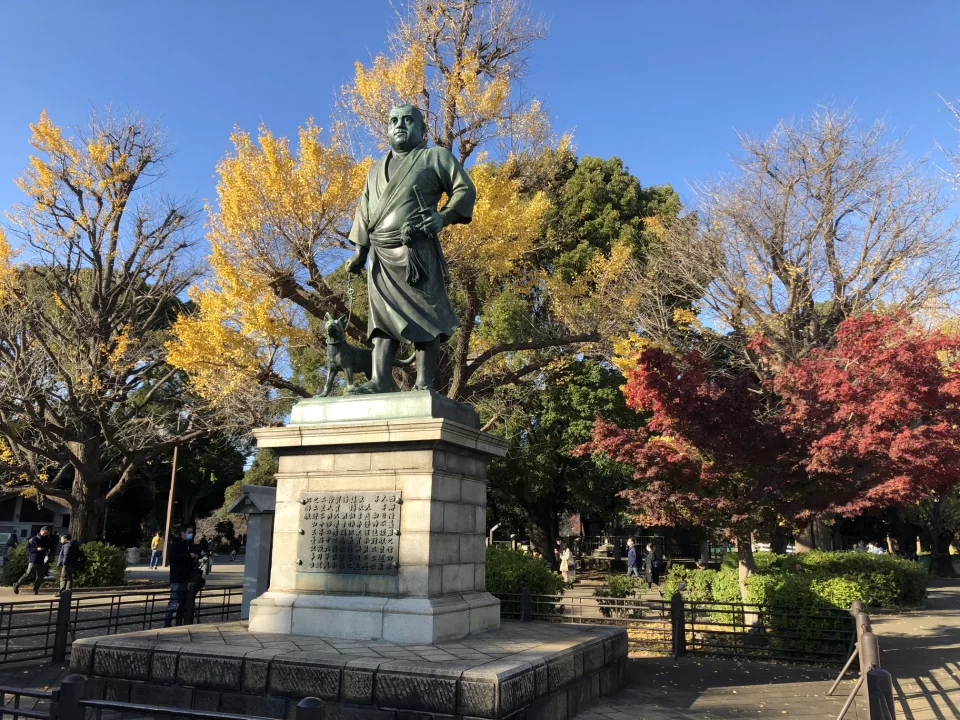
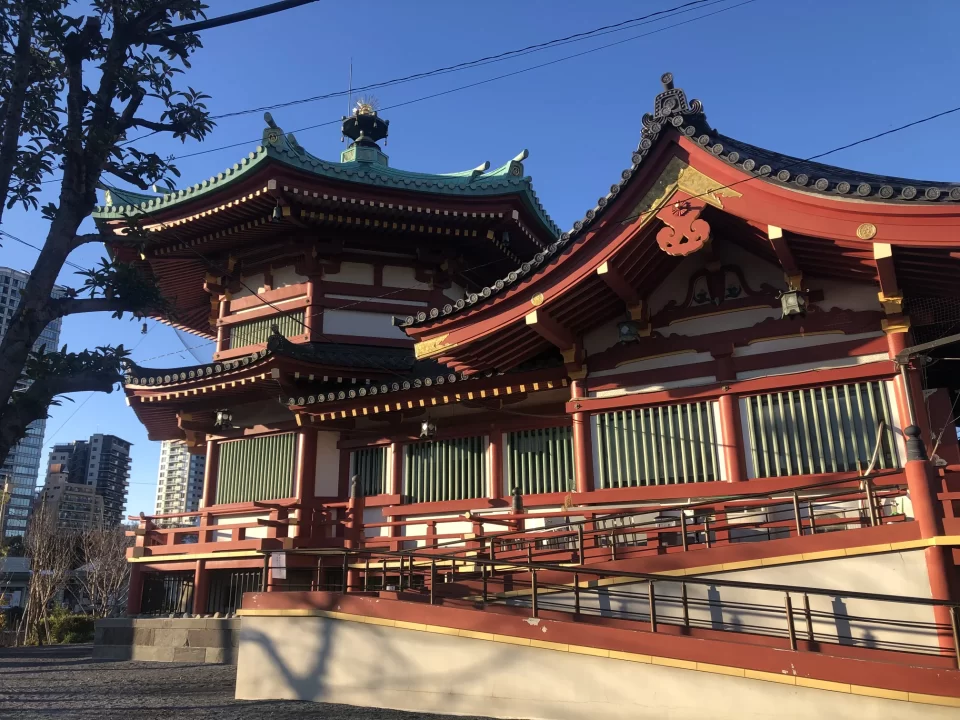
Heading west and downhill from the park brings you to Shinobazuno Pond, covered in either ephemeral spring flowers or brown reeds, depending on the season. Matsuri-festival style food stalls lead the way to Bentendo (sorry, no relation to Nin), a uniquely shaped Buddhist temple that appears prominently in Shin Megami Tensei IV and as one of the final boss arenas in SMT spinoff Devil Survivor Overclocked. Looping around the south side of the pond and park over to Ueno Station lands you in Ameya-Yokochō, a long open-air market stretching under the tracks of the Yamanote train line. “Ameyoko” doesn’t show up in games, but it’s a great spot for foreign (read: non-Japanese) food and goods, and at night, it feels very reminiscent of the opening scene of the cyberpunk classic Blade Runner.
Side Quests
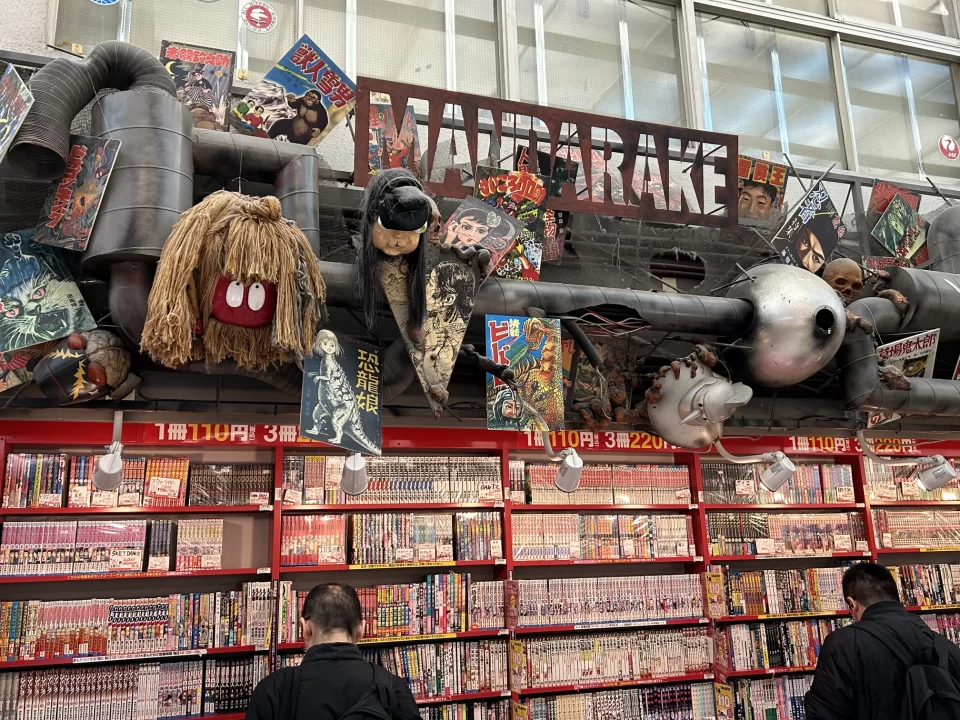
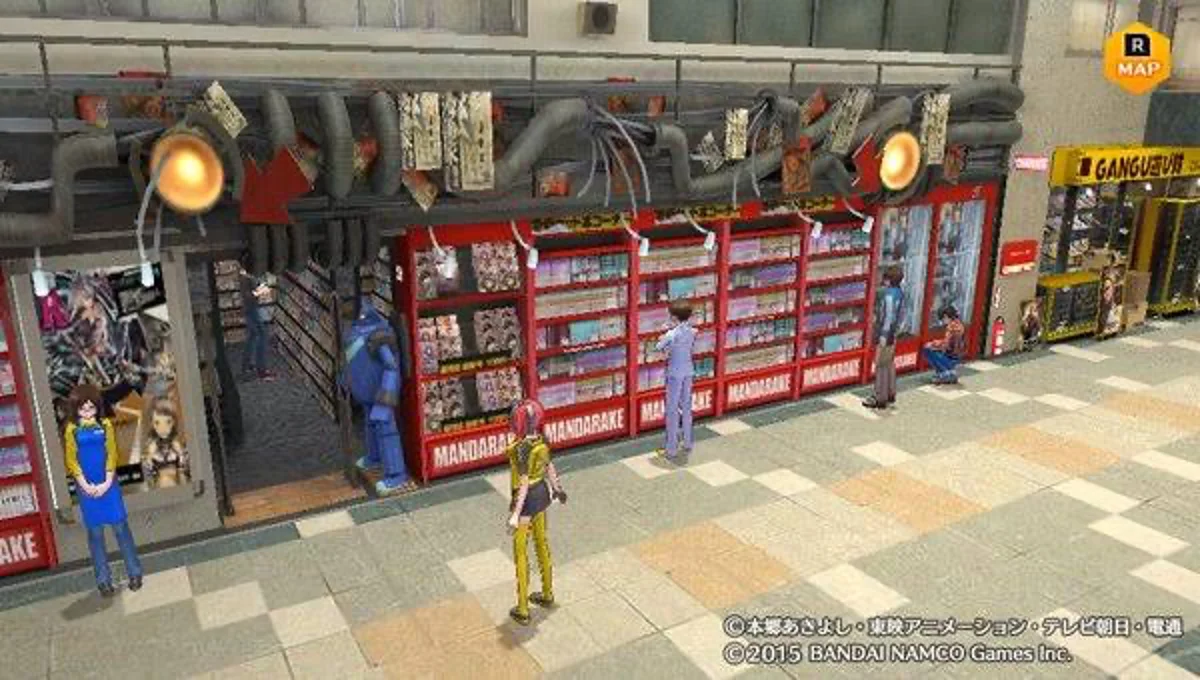
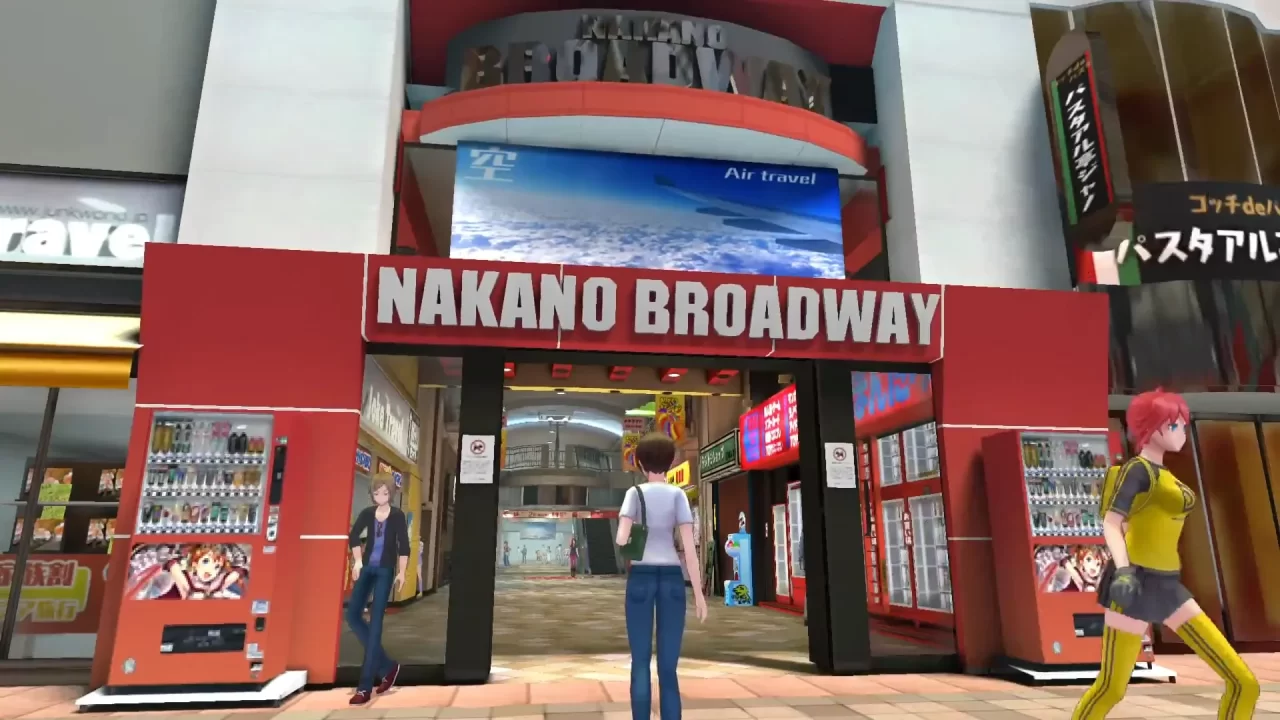 Source: SilentLongplays
Source: SilentLongplays
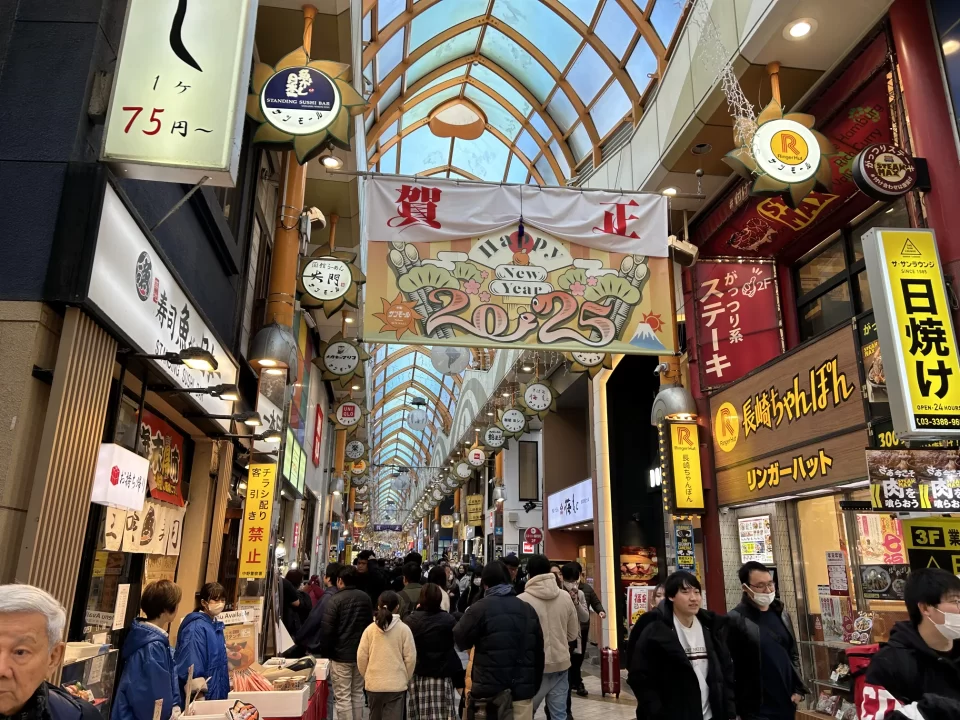
If only we could fast-travel in reality, right? Tokyo alone has too many famous sights to visit, so here are some quick side journeys (faithfully represented in games) that you may want to consider seeing.
Nakano Broadway (next to Nakano Station, a short train ride northwest from Shinjuku) is an arcade in the old sense, a covered corridor of shops and stalls leading to a retro-flaired mall of geeky hobby shops, most notable being the many stores belonging to the Mandarake chain of used manga shops full of cheap rarities (though you’ll have to brush up on your Japanese if you want to actually read them). Mandarake’s unique storefront is recreated in the Digimon Story: Cyber Sleuth games, and Nakano Broadway itself is a sort of hub for players, given it’s the home of the fictional Kuremi Detective Agency you work for.
Diet Building
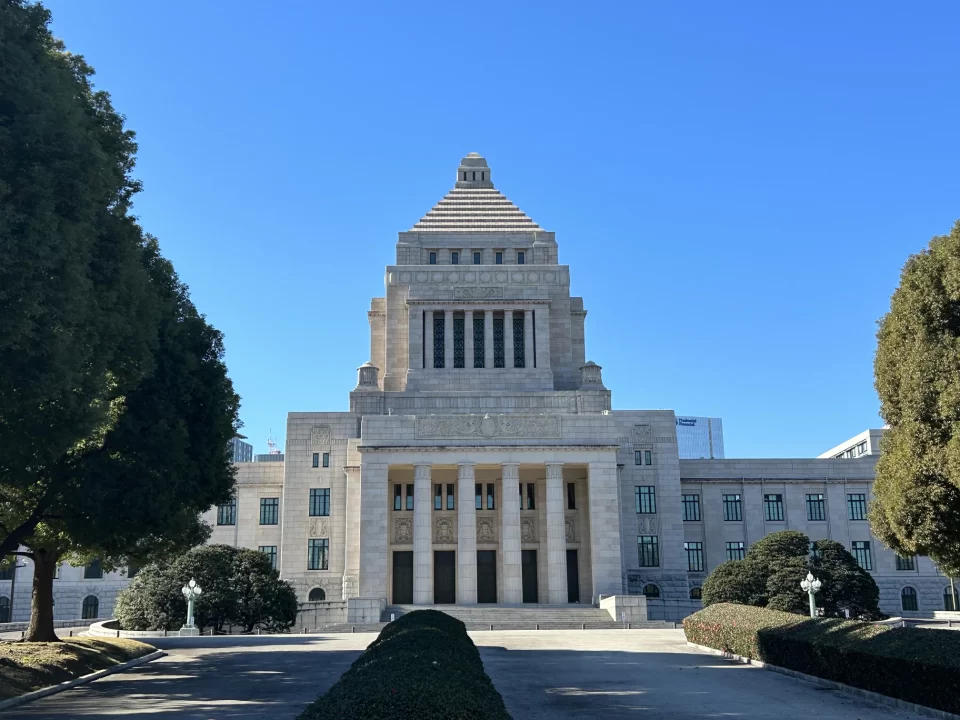
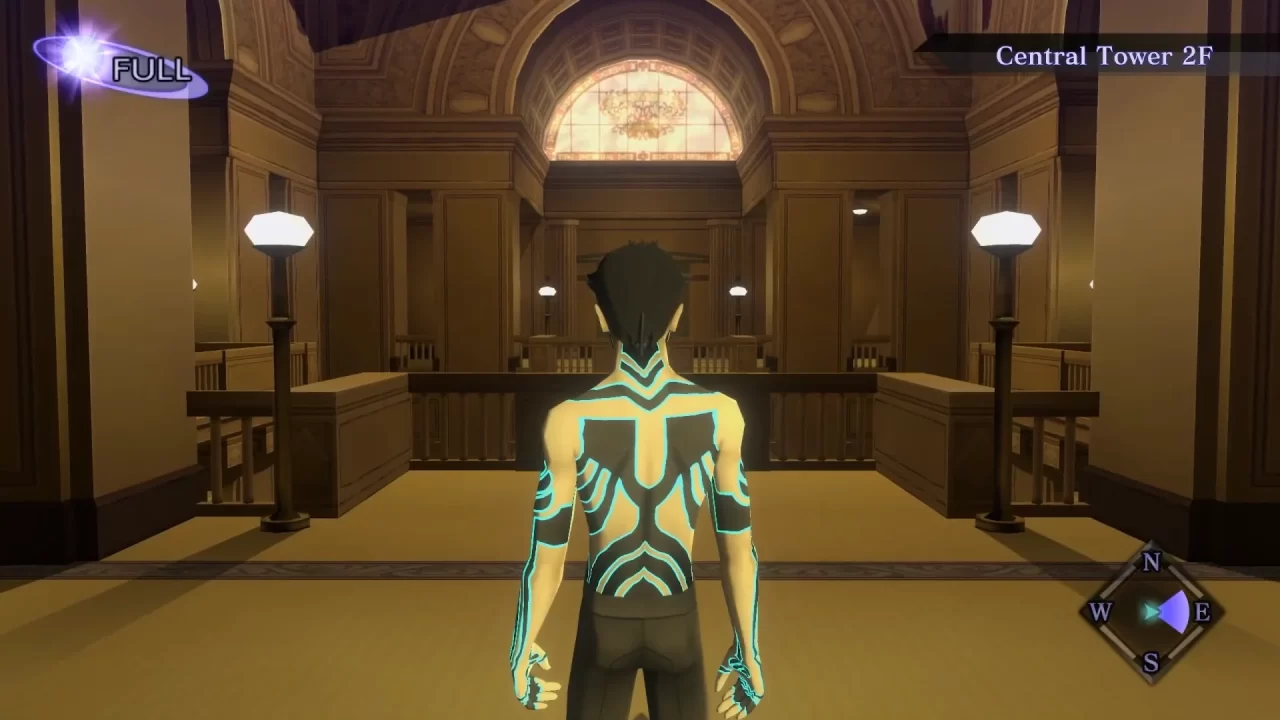 Source: Caffeinified Gaming
Source: Caffeinified Gaming
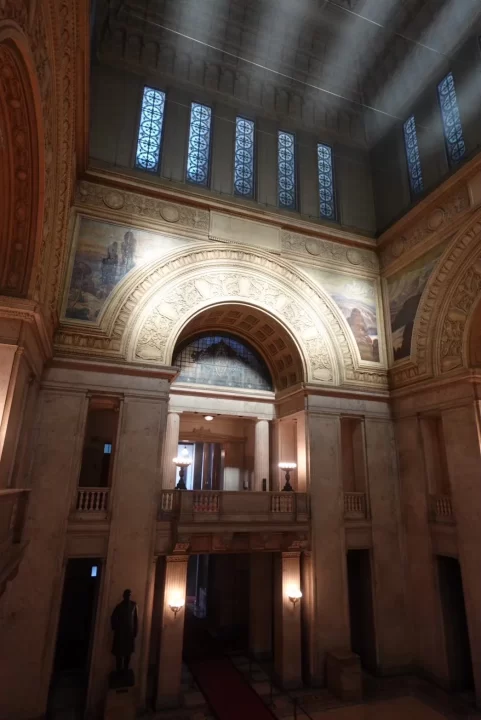
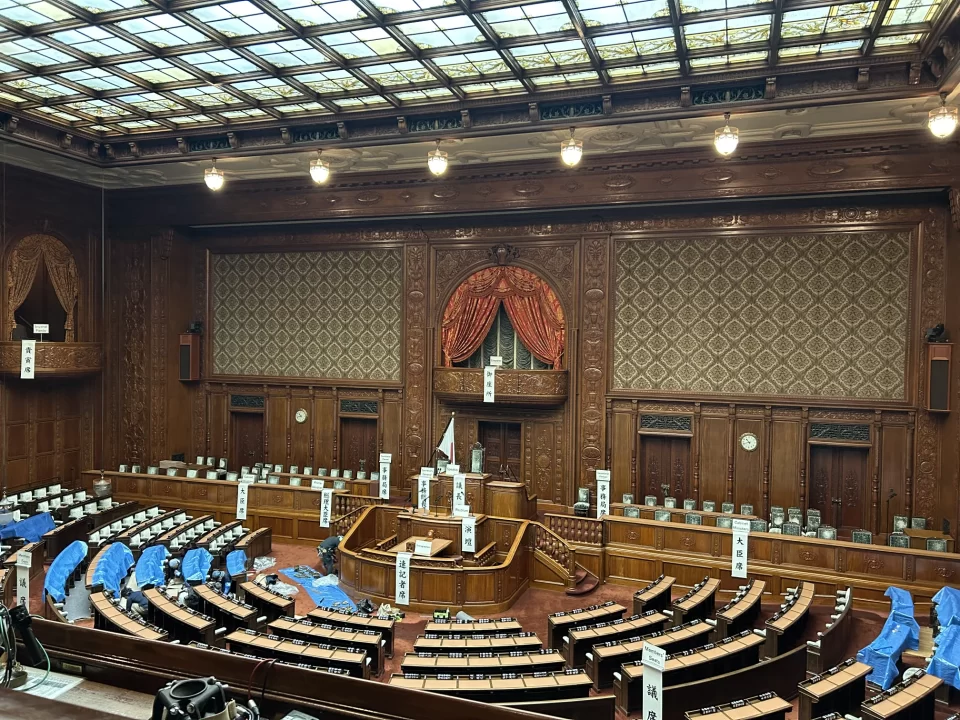
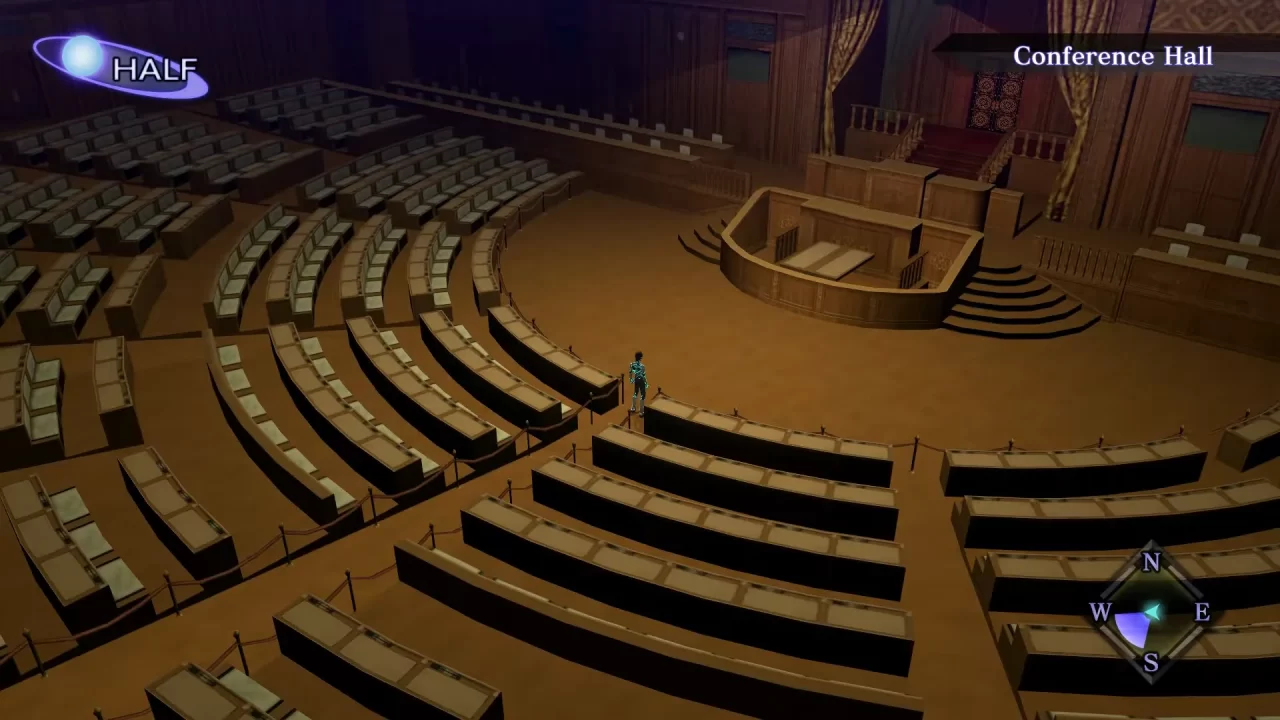 Source: Geek Sentai
Source: Geek Sentai
A short walk west from Tokyo Station’s lovely exterior, then south past the illusive residential Imperial Palace, finds you in front of the legislative seat of all of Japan, the National Diet Building. Don’t worry, “Diet” takes etymological cues from the Holy Roman Empire’s governmental systems, meaning you can still enjoy your famichiki and your egg sandwiches. The exterior of the Diet appears in Shin Megami Tensei V (destroyed) and briefly in an important Persona 5 story beat, but it’s thoroughly explorable as a major dungeon in Shin Megami Tensei III: Nocturne, in which real-world statues play roles in puzzles, and the chamber of the parliamentary house is the site of a boss battle. You can take a one-hour English tour of the real Diet for free on weekdays—just book ahead online.
Ichigaya Fishing Centre
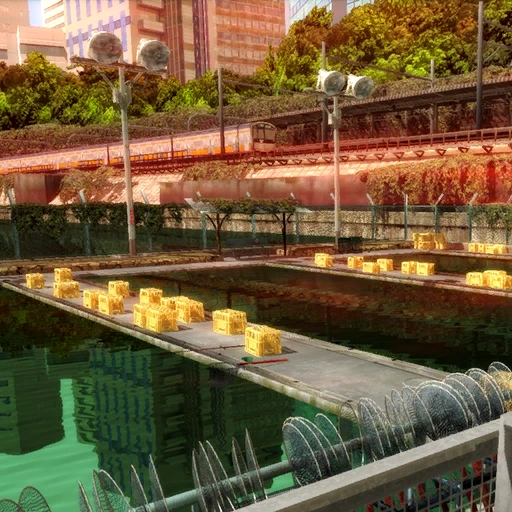 Source: Megami Tensei Fandom
Source: Megami Tensei Fandom
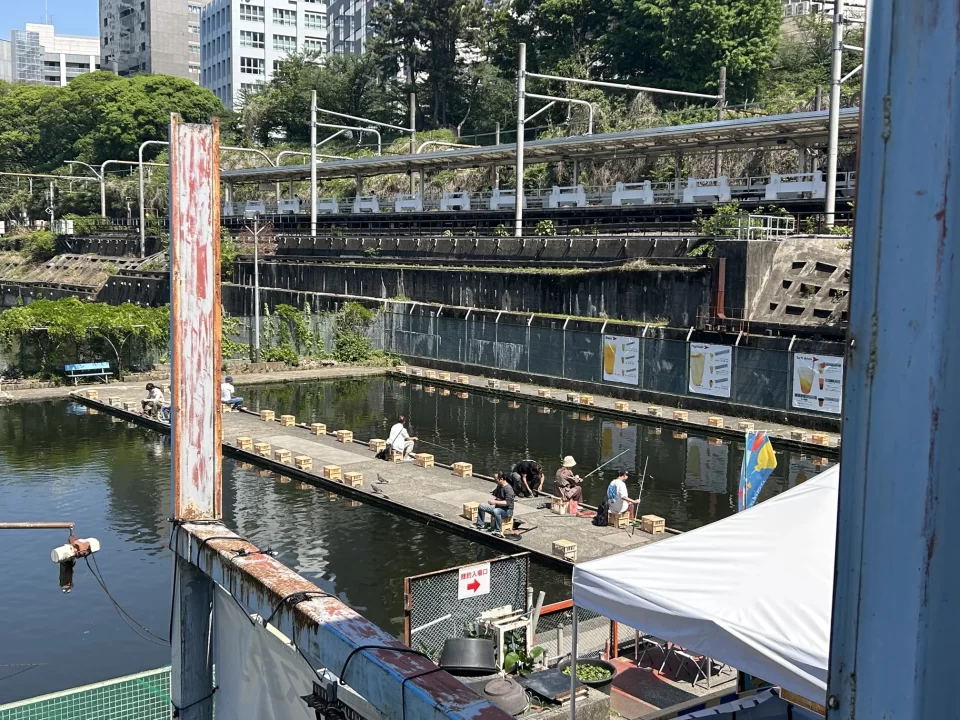
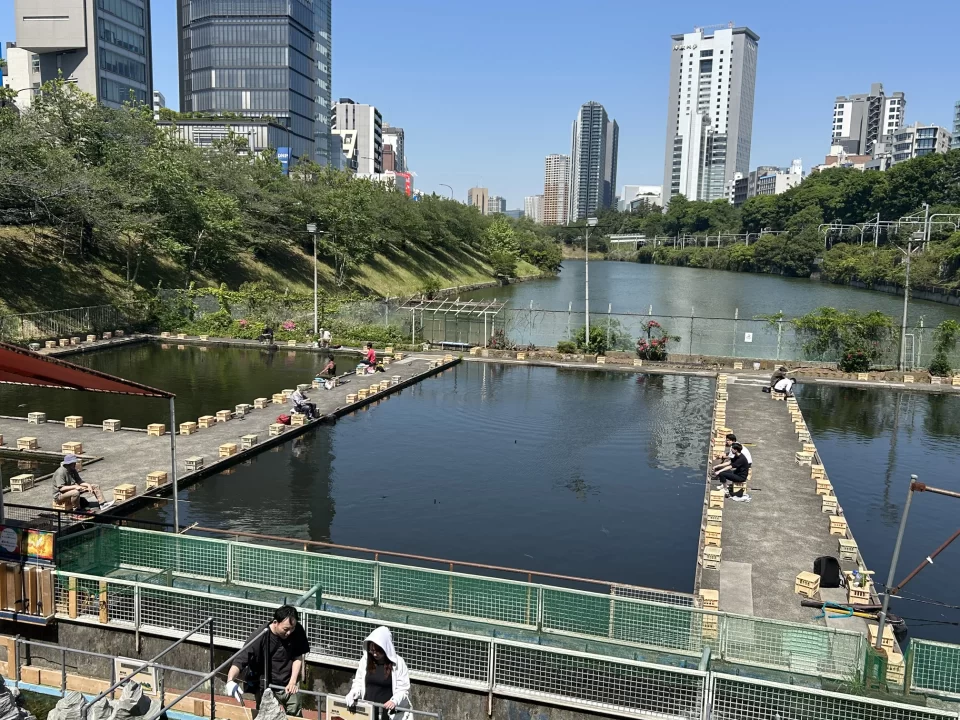
Northwest of the Imperial Palace, for those who want to try fishing, the Ichigaya Fishing Centre lets you pay a small fee (1000 – 2000 yen) to take rod and hook into various pools dedicated to carp and rainbow trout intended for catch-and-release. It’s not just enemy trainers in Pokémon; many Japanese children love fishing and bug netting (considering the massive size of many insects here), though there are few spots to do it in the urban jungle. Ichigaya stands out in the middle of Tokyo, just below the tracks of the yellow Chūō Line, and is identical to its appearance as a pastime in Persona 5. It’s a fun experience for you and the Ryuji in your life.
Jinbōchō
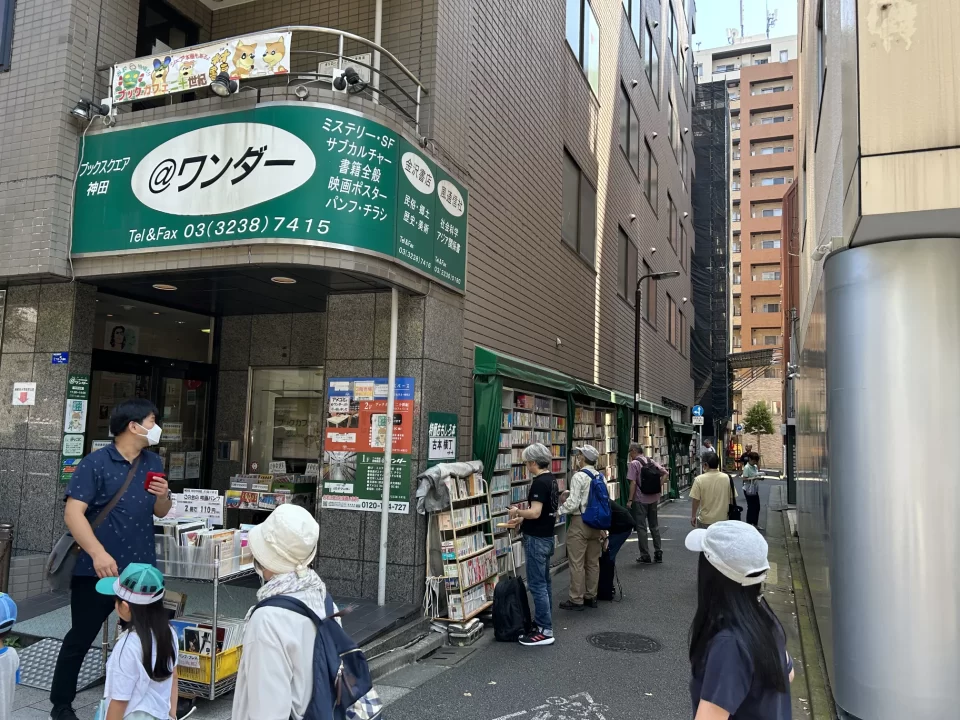
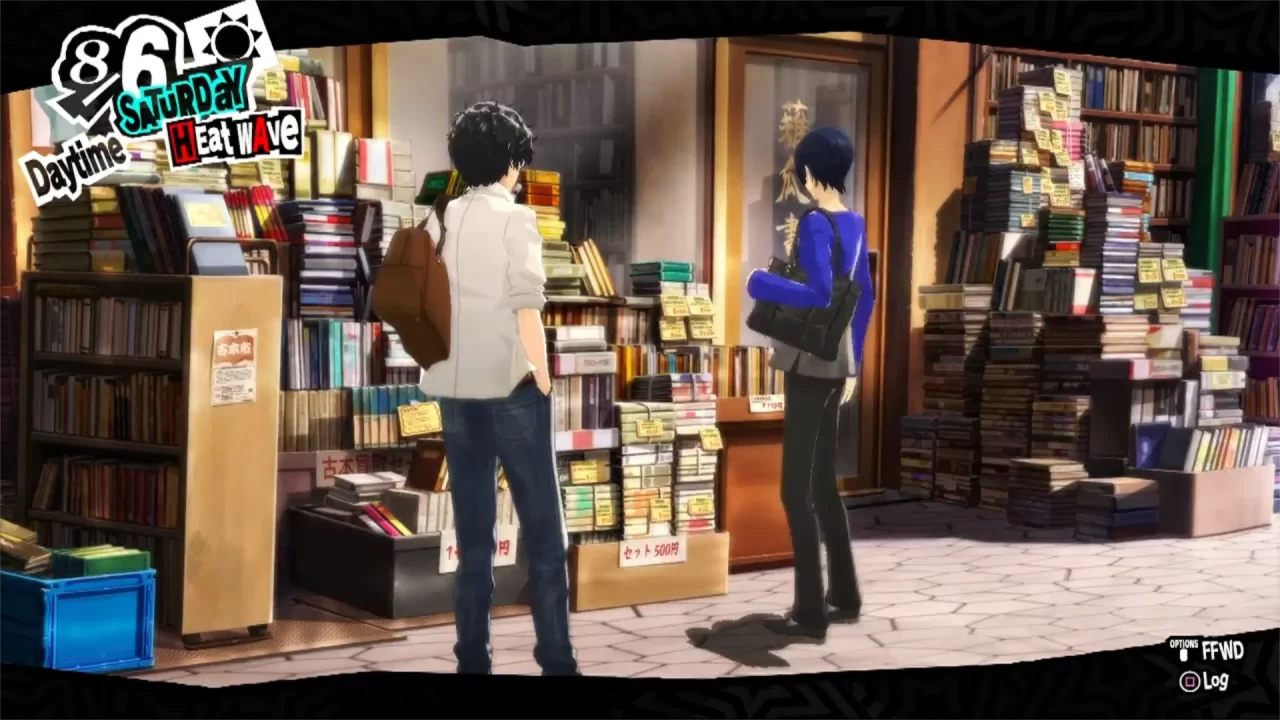 Source: FairyGaming
Source: FairyGaming
Another Persona 5 pastime worth visiting for the bookworms among you is the neighbourhood of Jinbōchō, east of Ichigaya or north of the Imperial Palace. Shelves and stacks of books (in Japanese but with a sizable share of English) blockade the fronts and sides of the many bookshops here. You’re just as likely to find a priceless vintage sci-fi novel as you are to dig up a dirt-cheap textbook that would otherwise run you hundreds of dollars.
Tsukiji & Hongan-ji
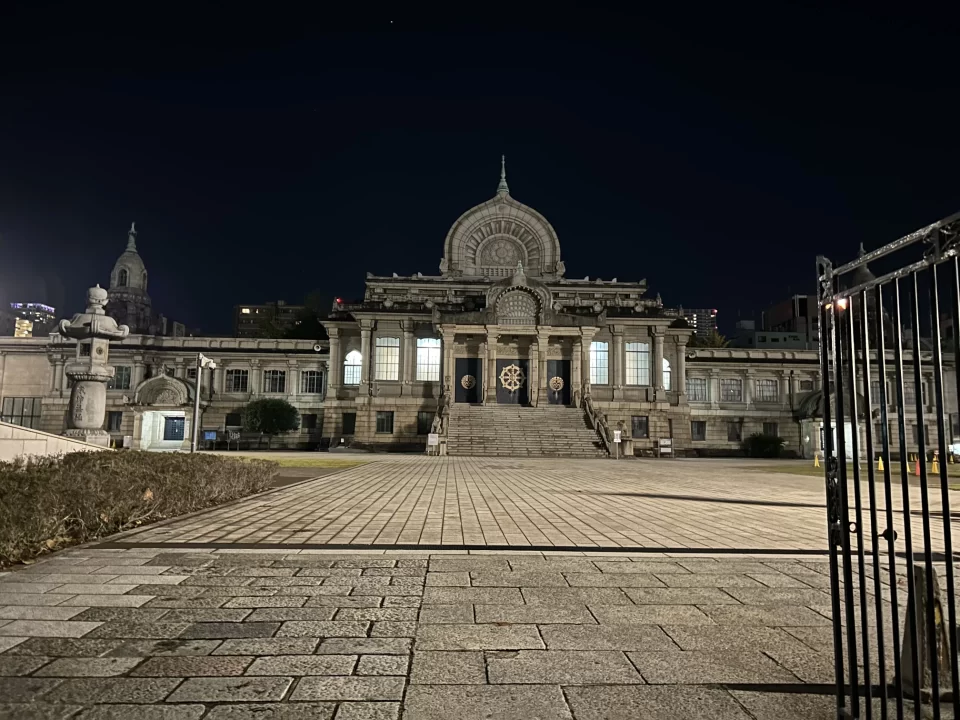
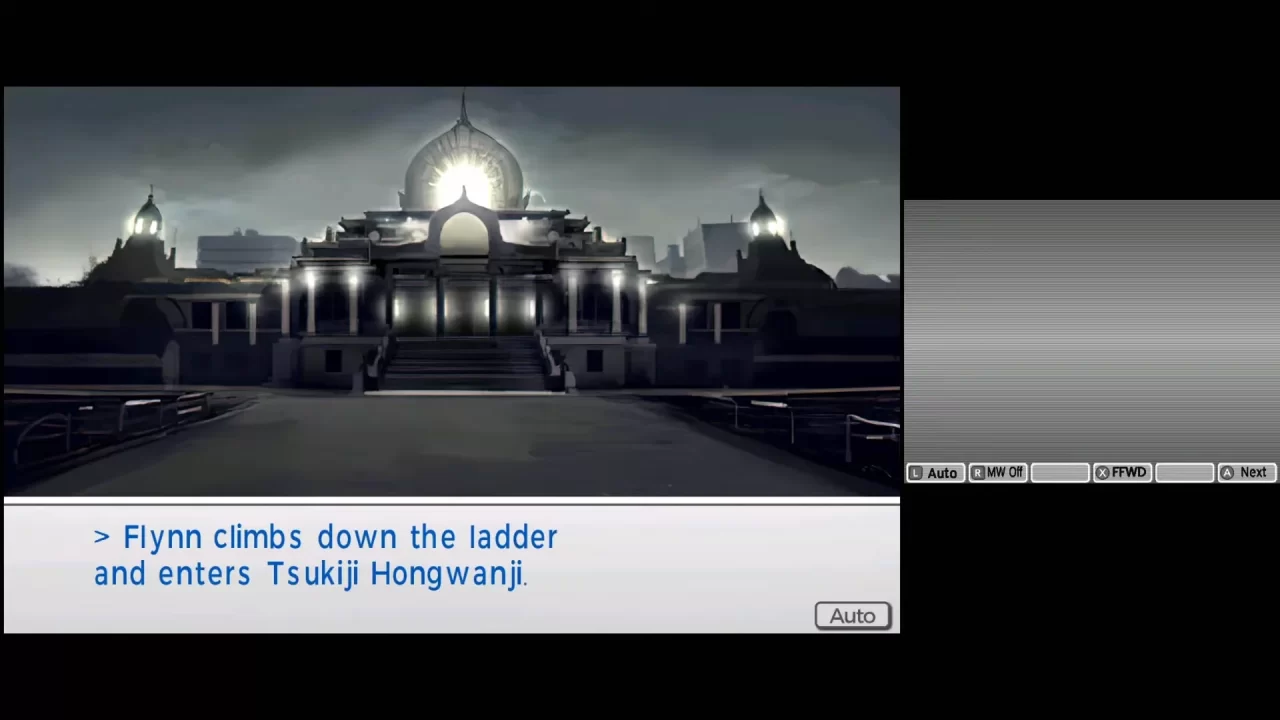 Source: SilentLongplays
Source: SilentLongplays
Finally, southeast of Tokyo Station lies Tsukiji, which was home to the world-famous fish market until 2018 (since moved to Toyosu, one of the many man-made islands closer to Tokyo Bay). Tsukiji is still worth a quick visit to drop by Hongan-ji (or, Hongwanji), a huge Buddhist temple with a unique, eye-catching front. Inside, you won’t find the same mazelike dungeon as that in Shin Megami Tensei IV, and maybe that’s a good thing.
Midgar?!
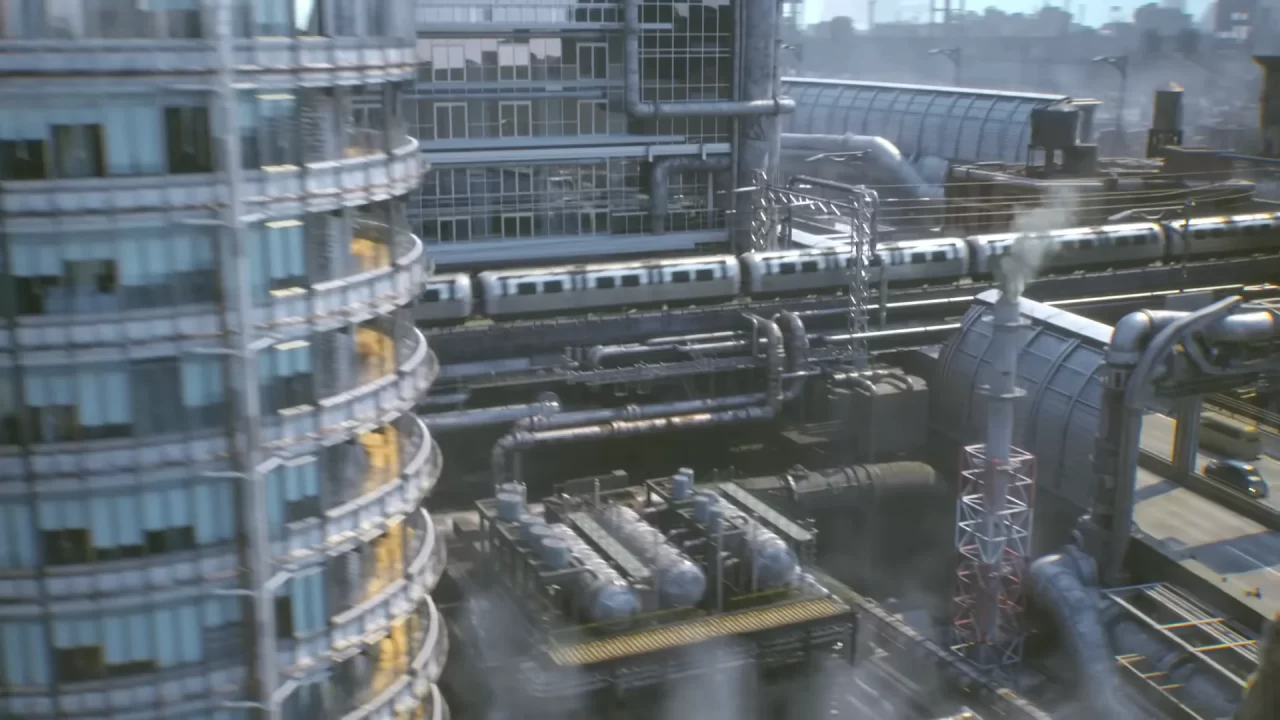
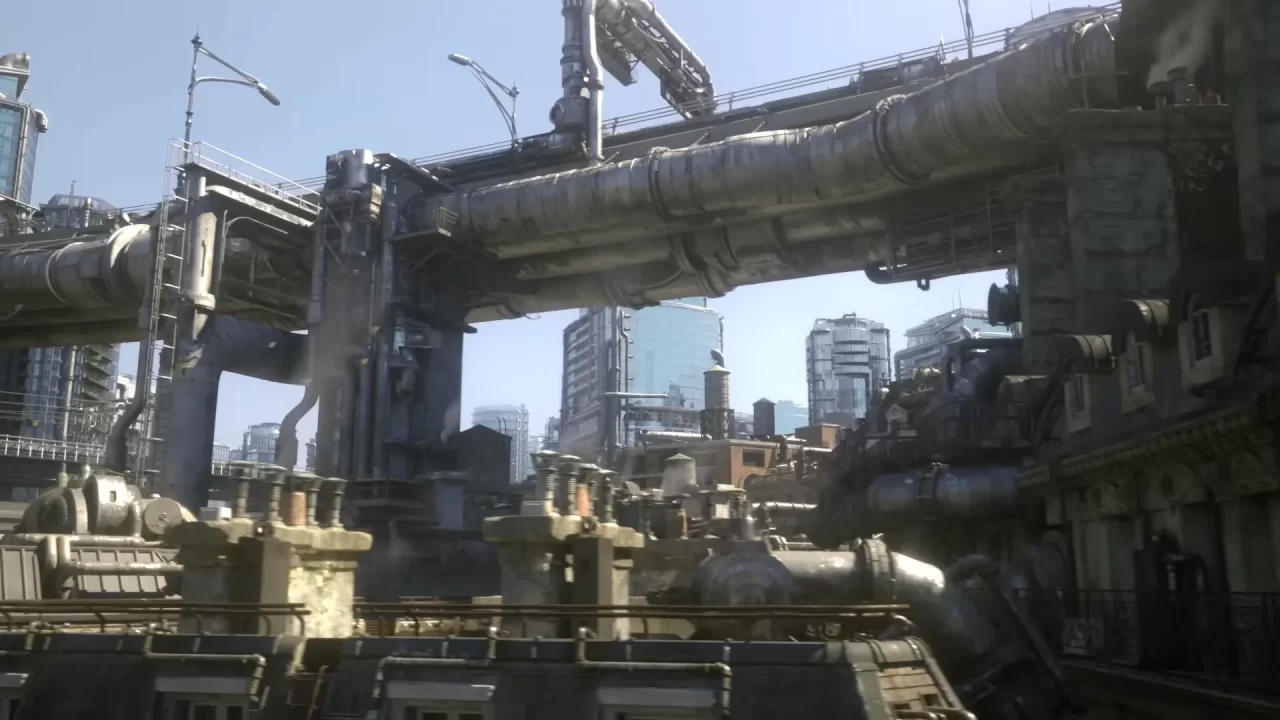
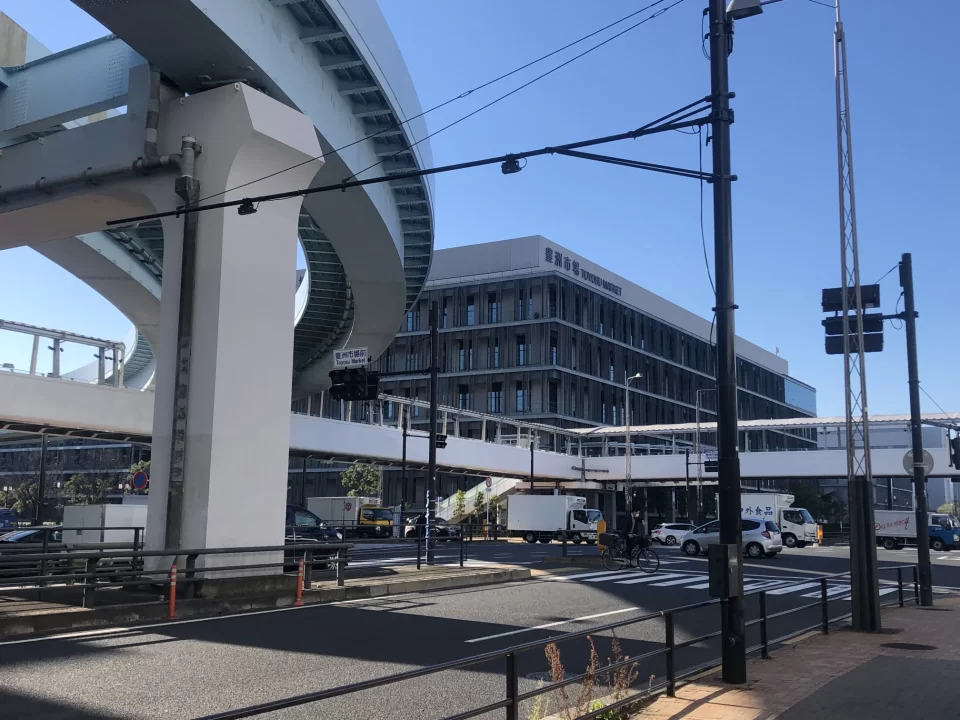
While you’re likely to get plenty of Final Fantasy VII (especially Remake) vibes throughout Tokyo’s megalithic architecture and overarching freeways, I had a truly otherworldly experience taking the ‘Night Factory Jungle Cruise’ through the Keihin Industrial Zone shared by Tokyo and Yokohama to the southwest. This mass of factories, petroleum refineries, and chemical plants is rumoured to have been Square Enix’s inspiration for FFVII’s iconic city, Midgar, to the point where an official “Midgar Night Cruise” was even offered in 2023. There are many local tours offered, but I recommend starting from down in Minato Mirai (“Future Port”), Yokohama, which gives you an excuse to appreciate the extensive homework Ryu Ga Gotoku Studio must have done in creating the Yokohama in Yakuza: Like a Dragon (the seventh in the mainline series). Minato Mirai is both beautiful and futuristic, and it’s one of my favourite places to spend the day in all of Japan. It’s also right next door to Japan’s largest Chinatown, guaranteed for some good eats, including meat buns the size of your head.
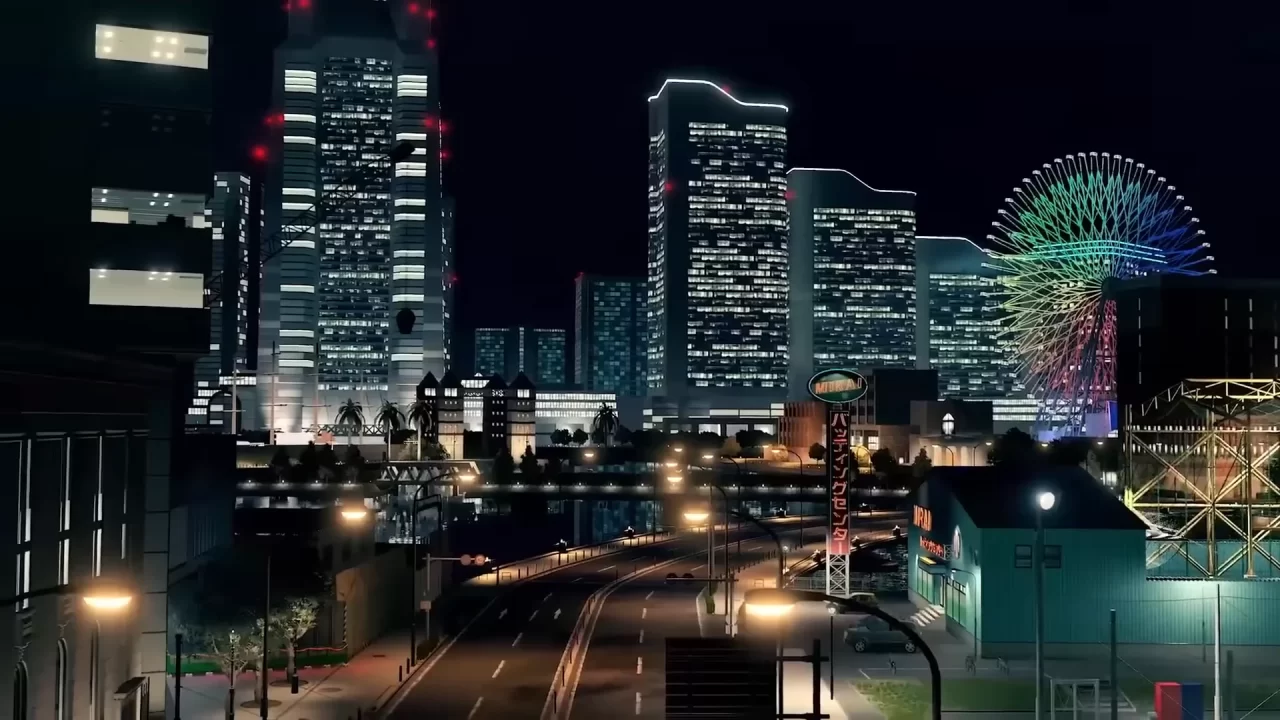
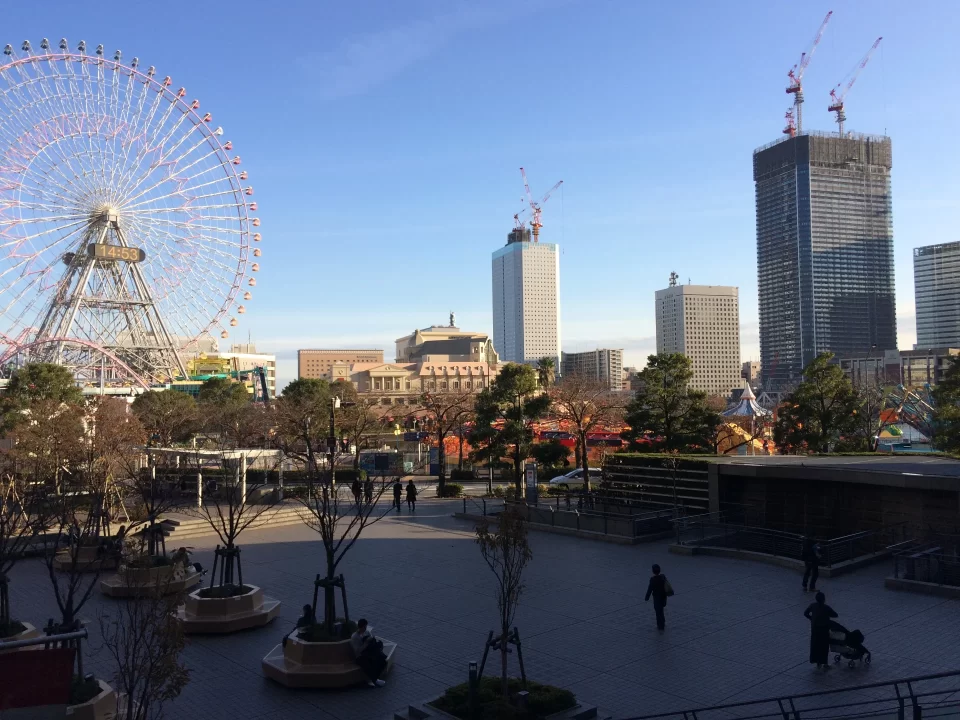
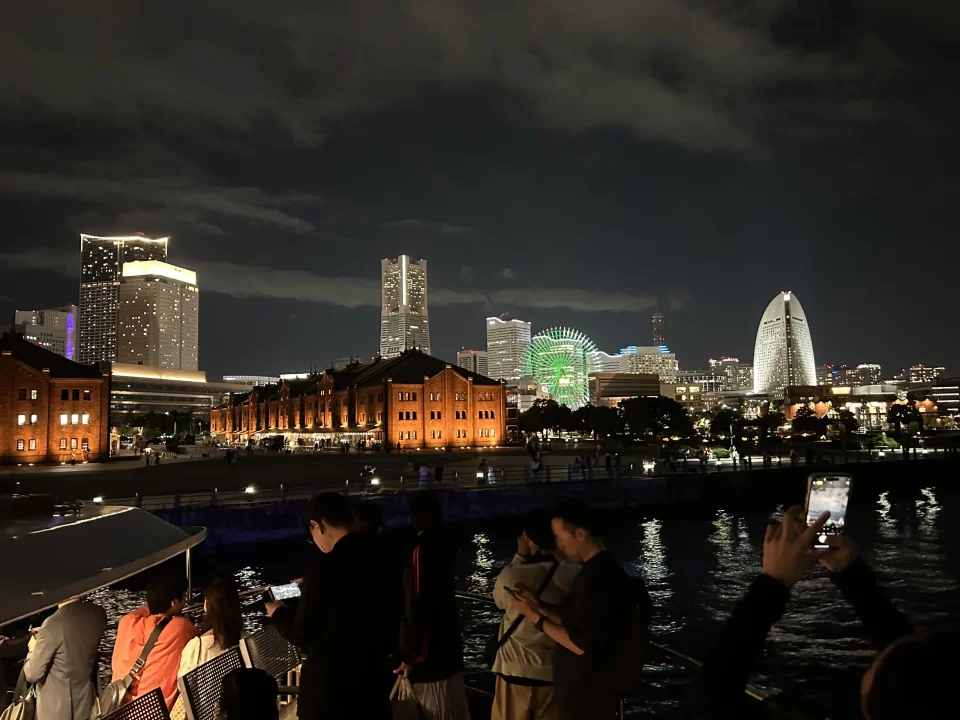
Night cruises here typically start just before sundown. You’ll slowly bob along as Minato Mirai shrinks in the distance, replaced with canals of green-lit factories belching flames and smoke into the darkening sky. Hear the lapping of waves, the thrum of machinery, the cries of the planet—okay, maybe not that last one. I was reminded in turns of FFVII and the Armored Core series, given the towering bridges mid-construction. You’ll come back to the port after a few circuits, its buildings and immense Cosmo Clock 21 Ferris wheel now alight, and the chatter of conversation (and perhaps, the cries of the planet) reaching you on the ocean breeze.
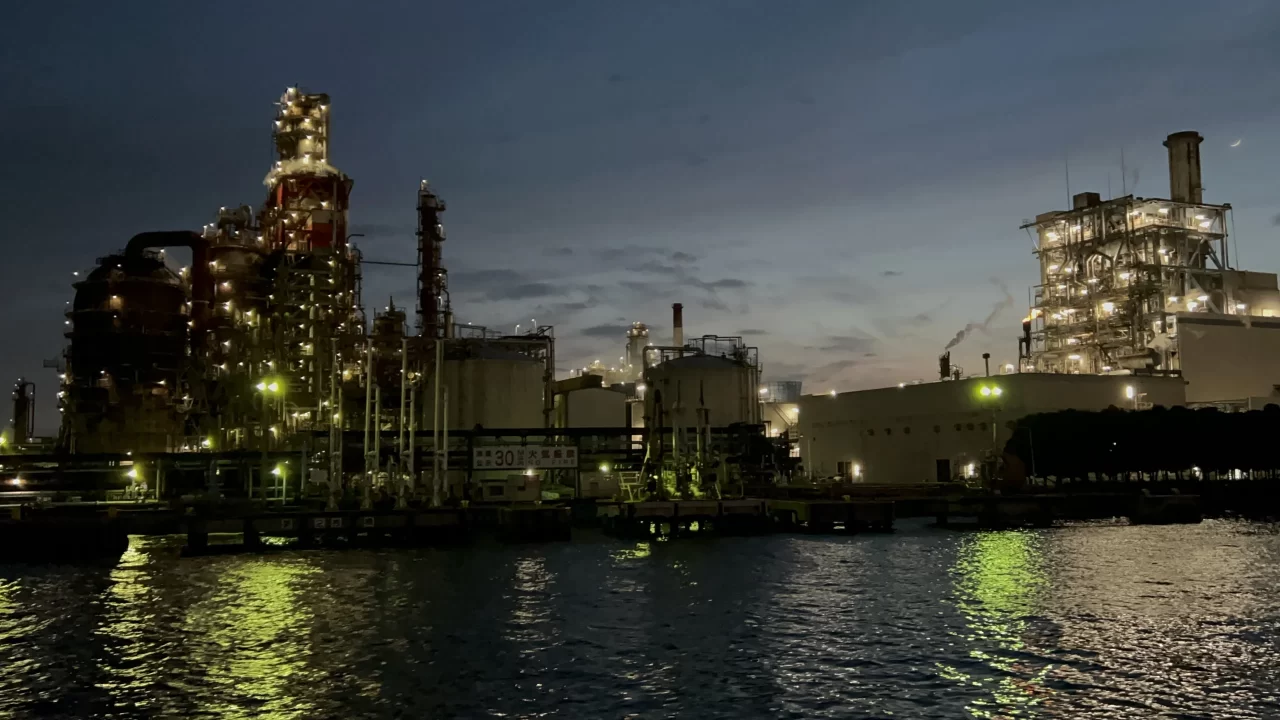
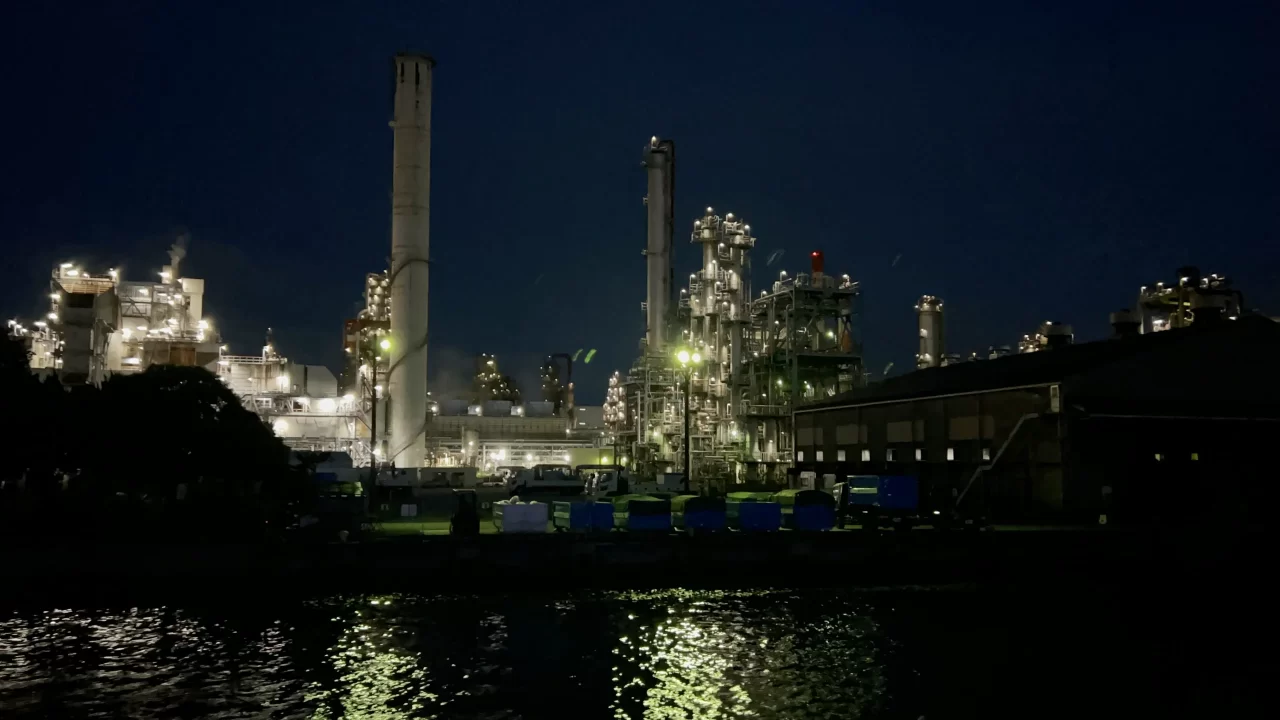
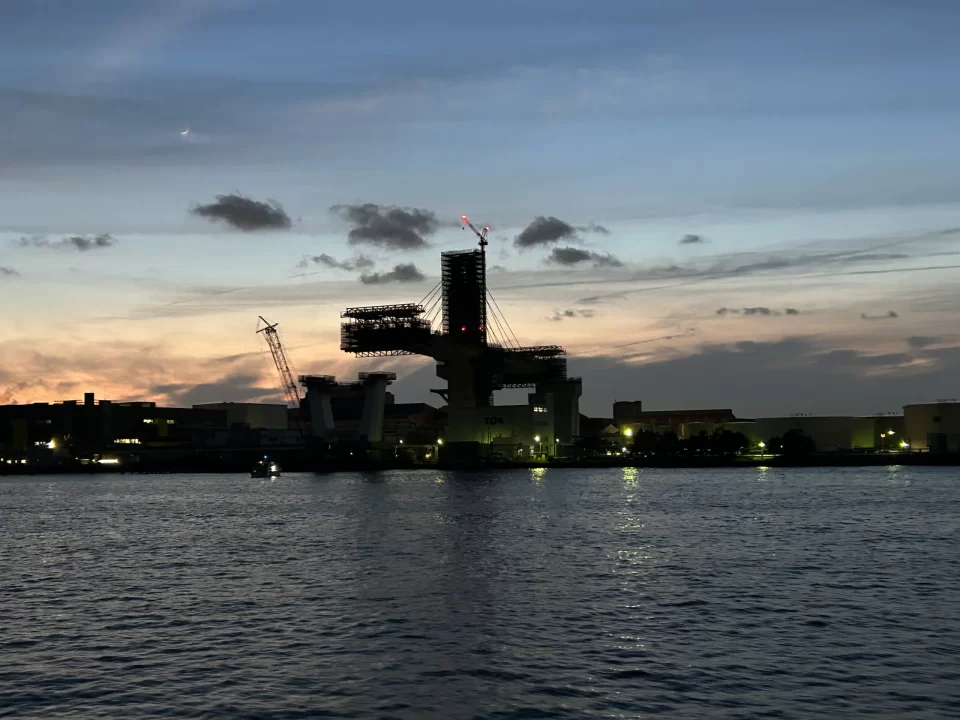

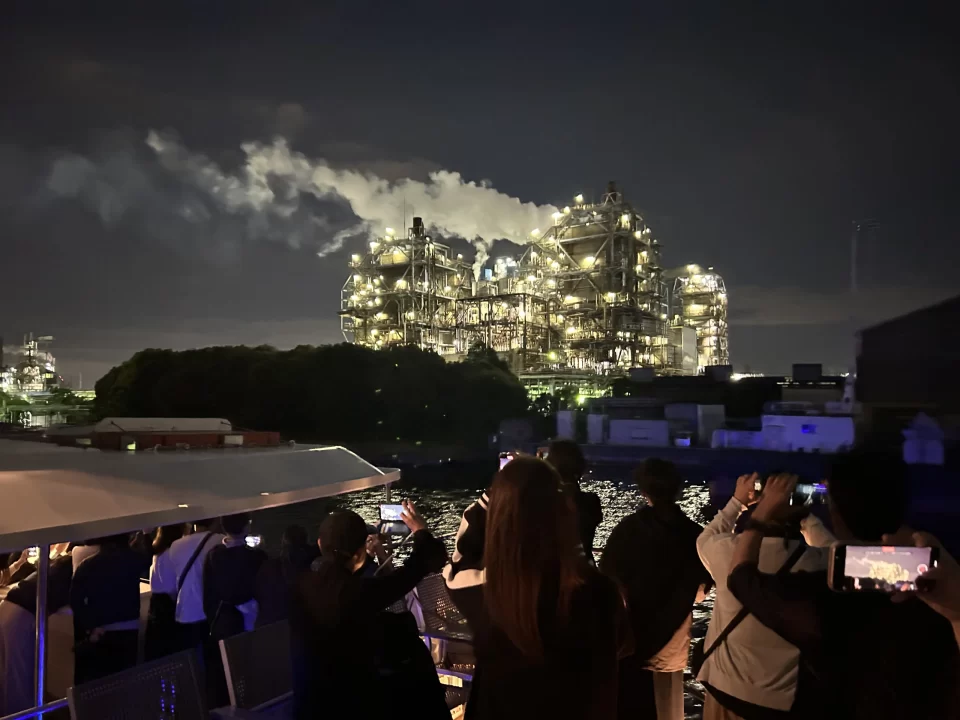
Tokyo, source of and home to so many cherished fantasy worlds, is fantastical in and of itself. Revisiting these places and snapping these pictures reminded me of that. Should you be lucky enough to visit—or heck, even live here—there is an endless stream of art imitating life imitating art. Those memories you make will be forever encapsulated in a slew of fantastic RPGs.


AloJapan.com